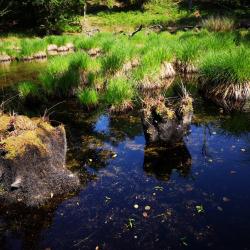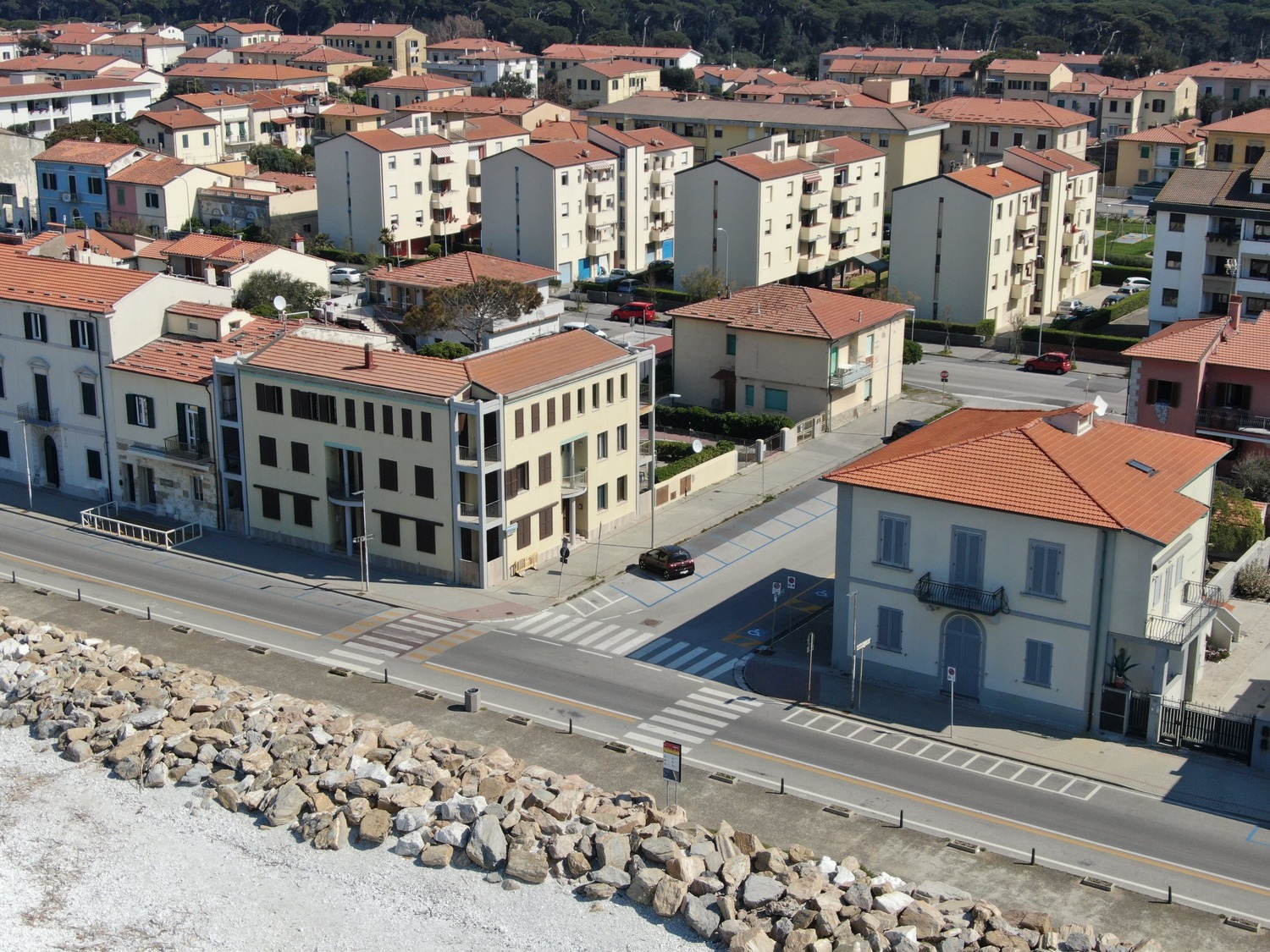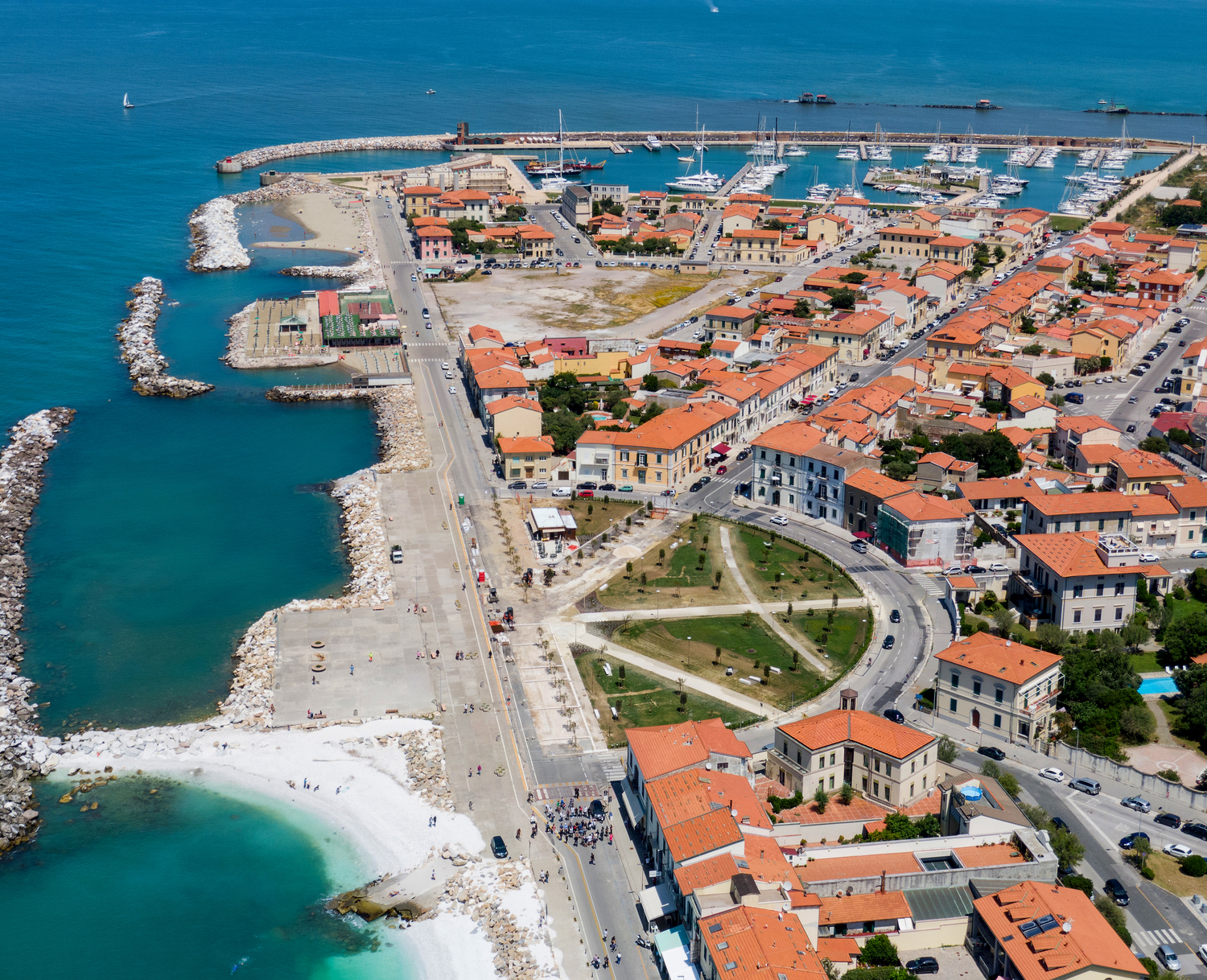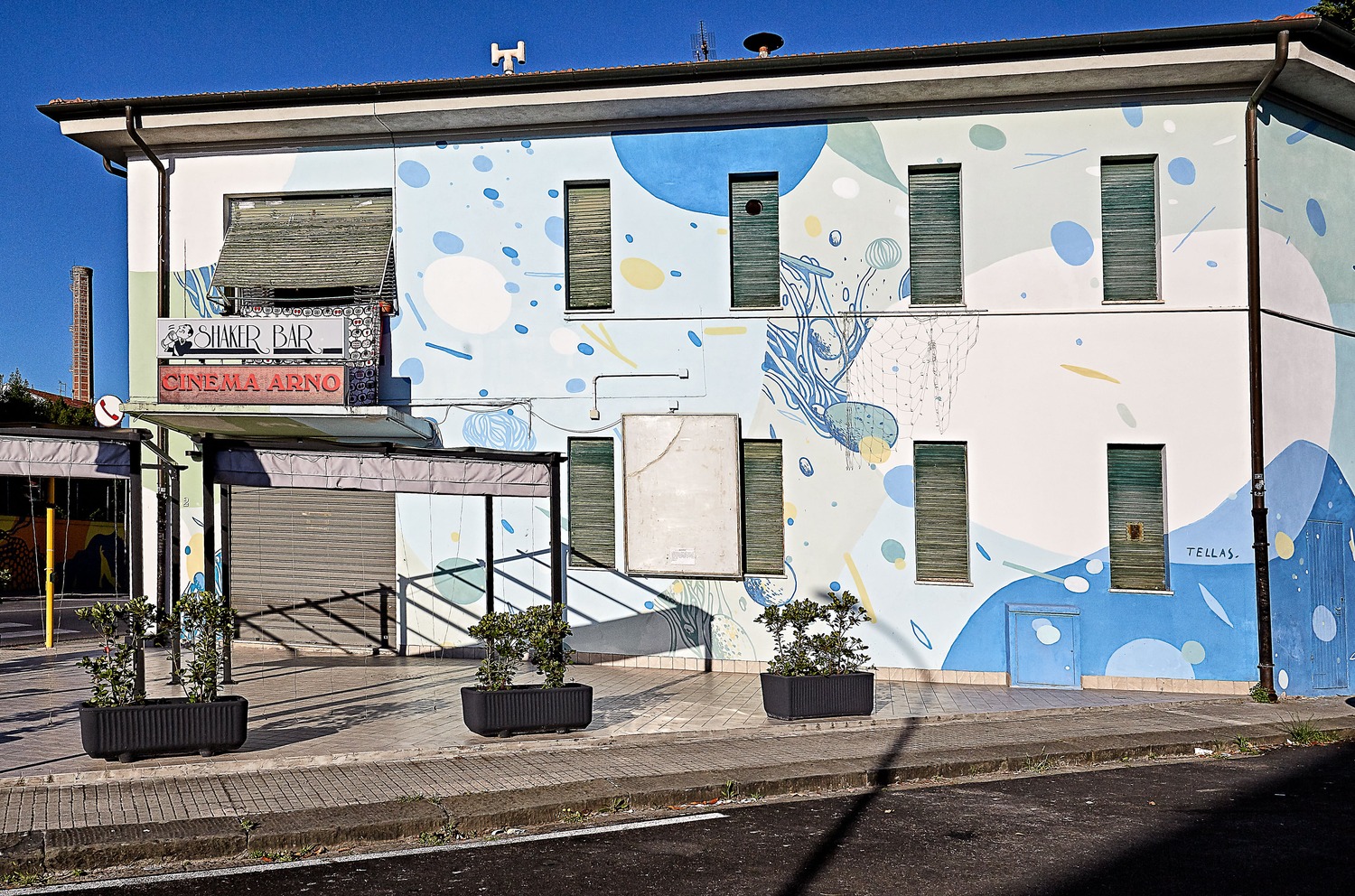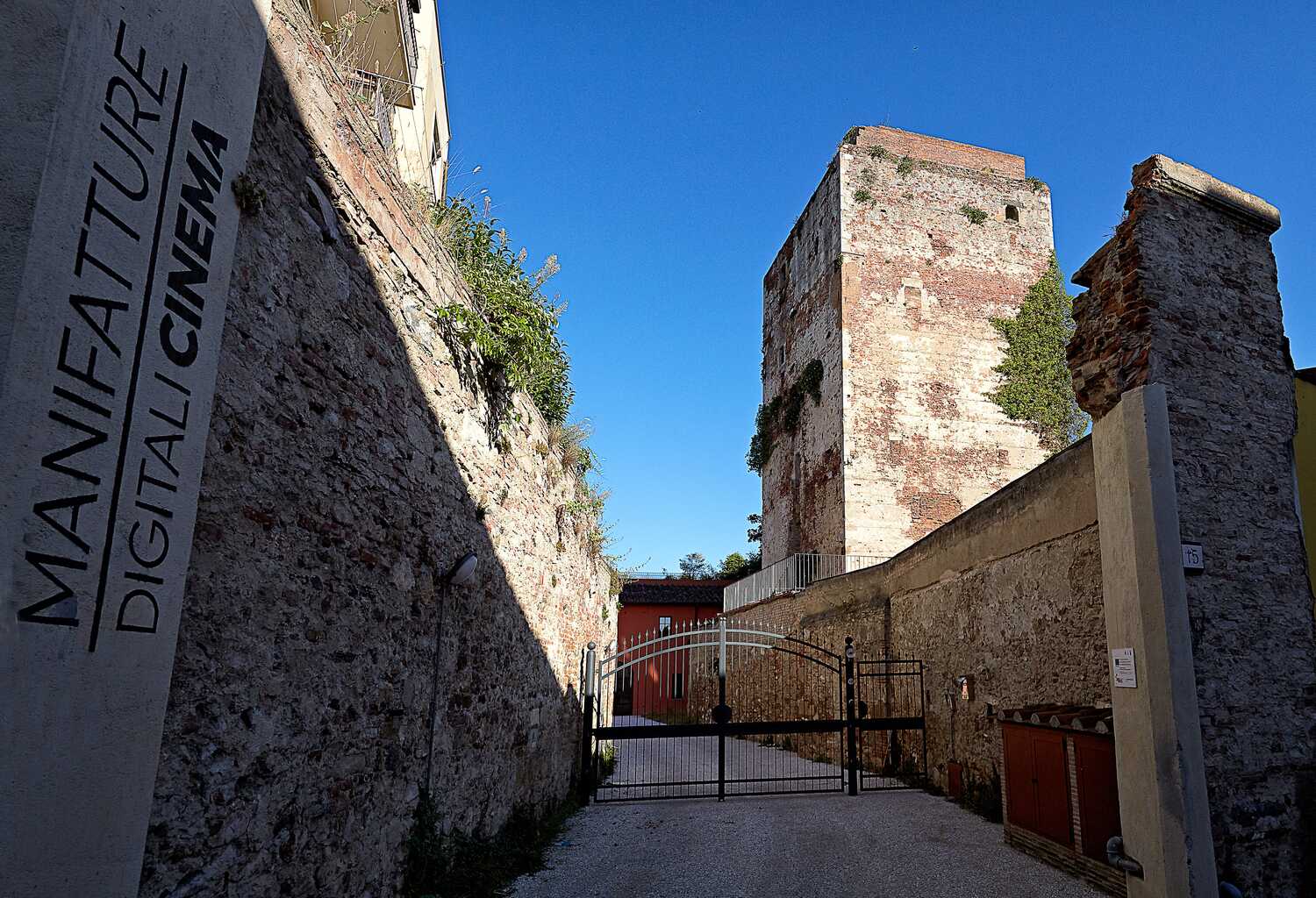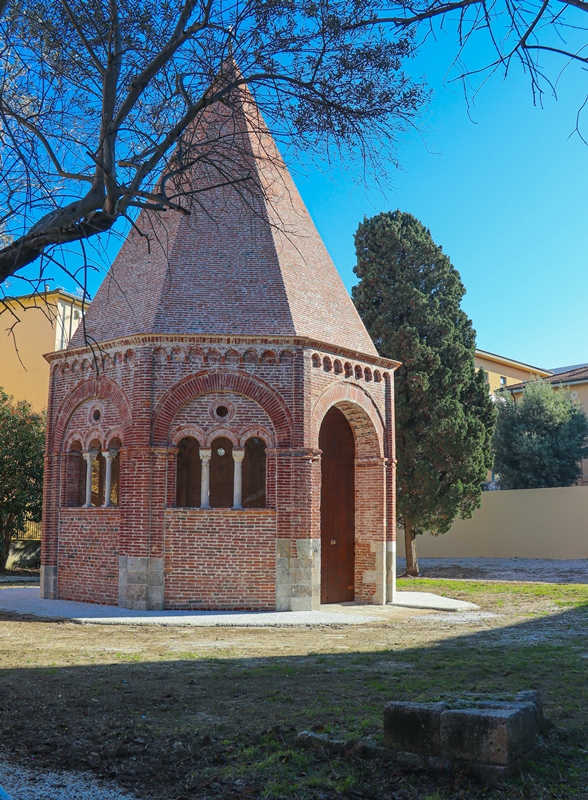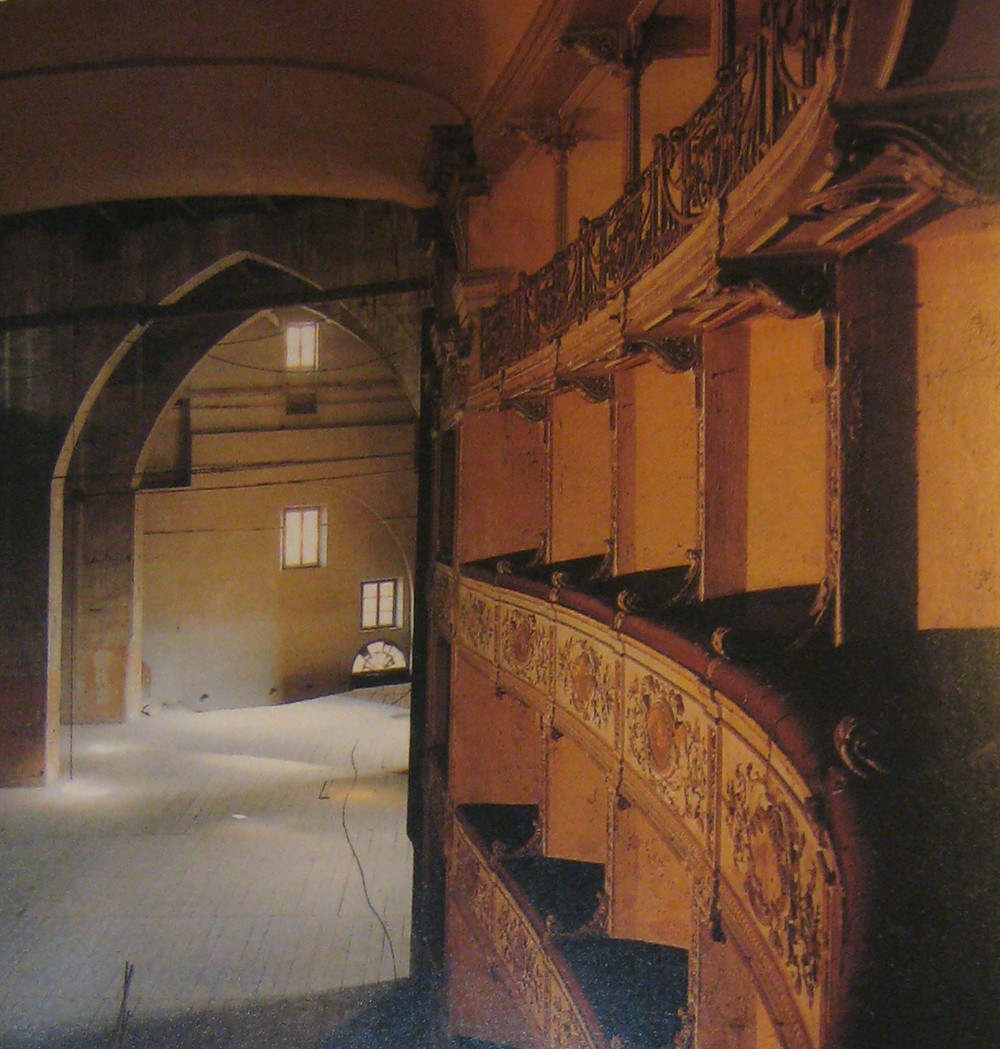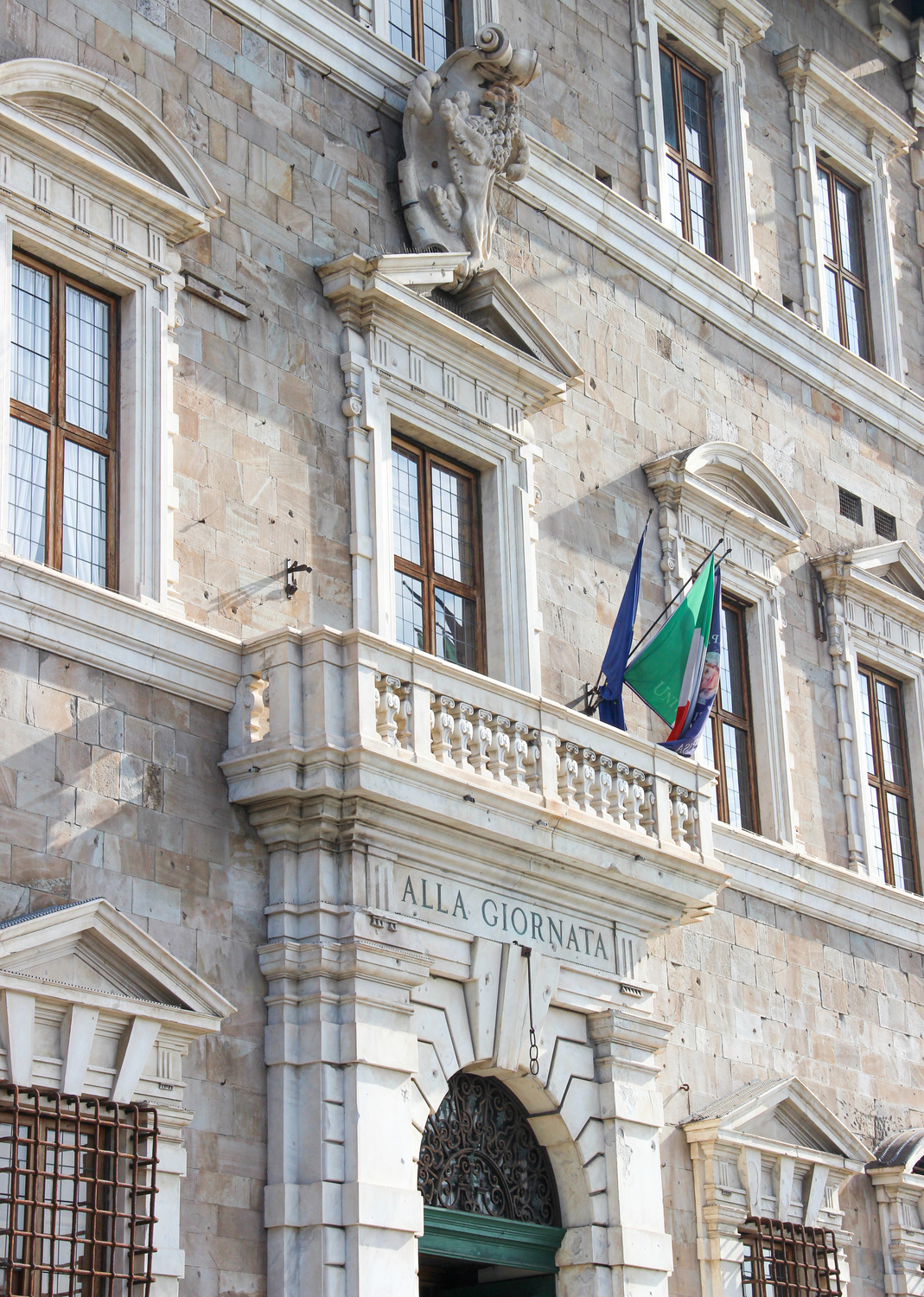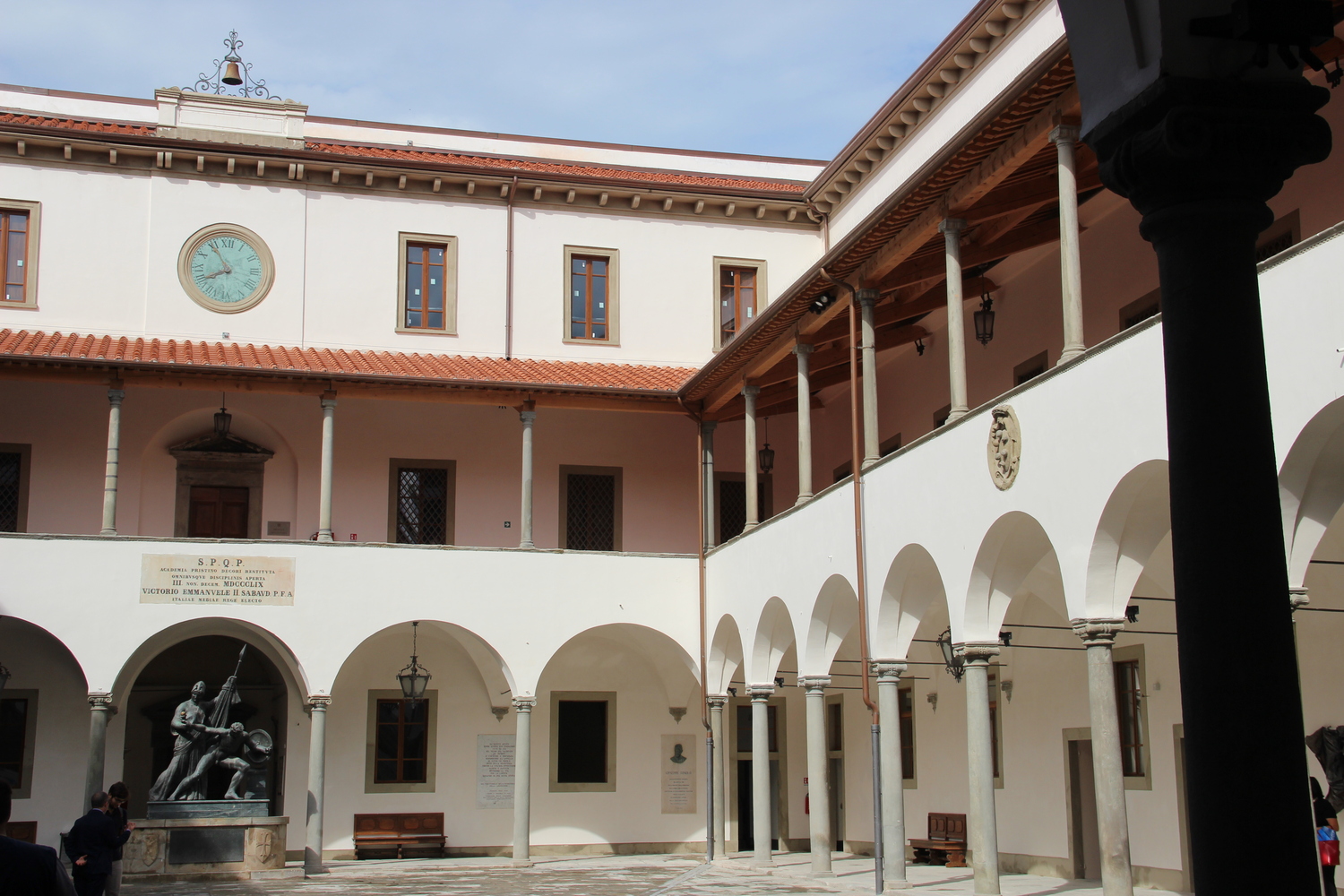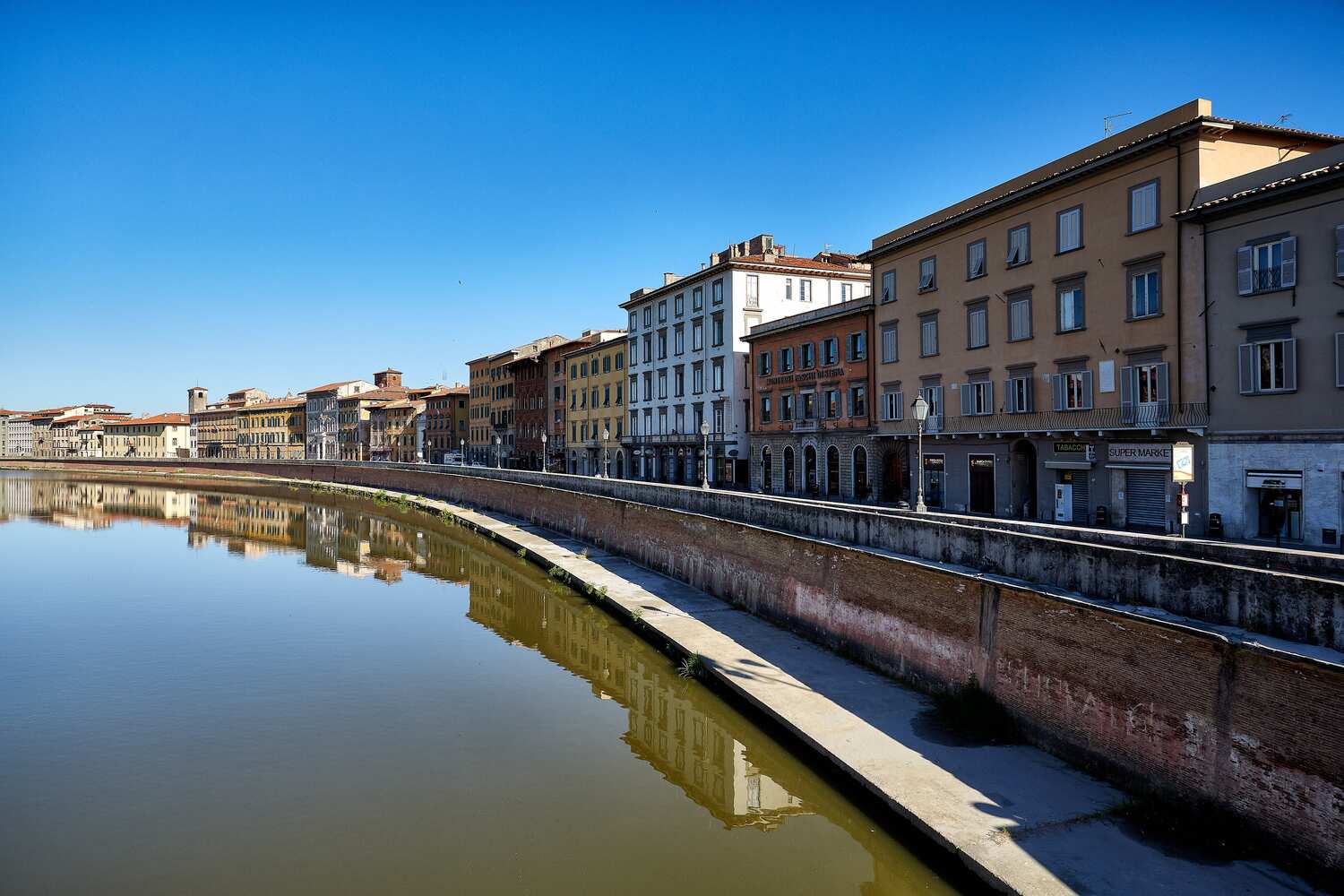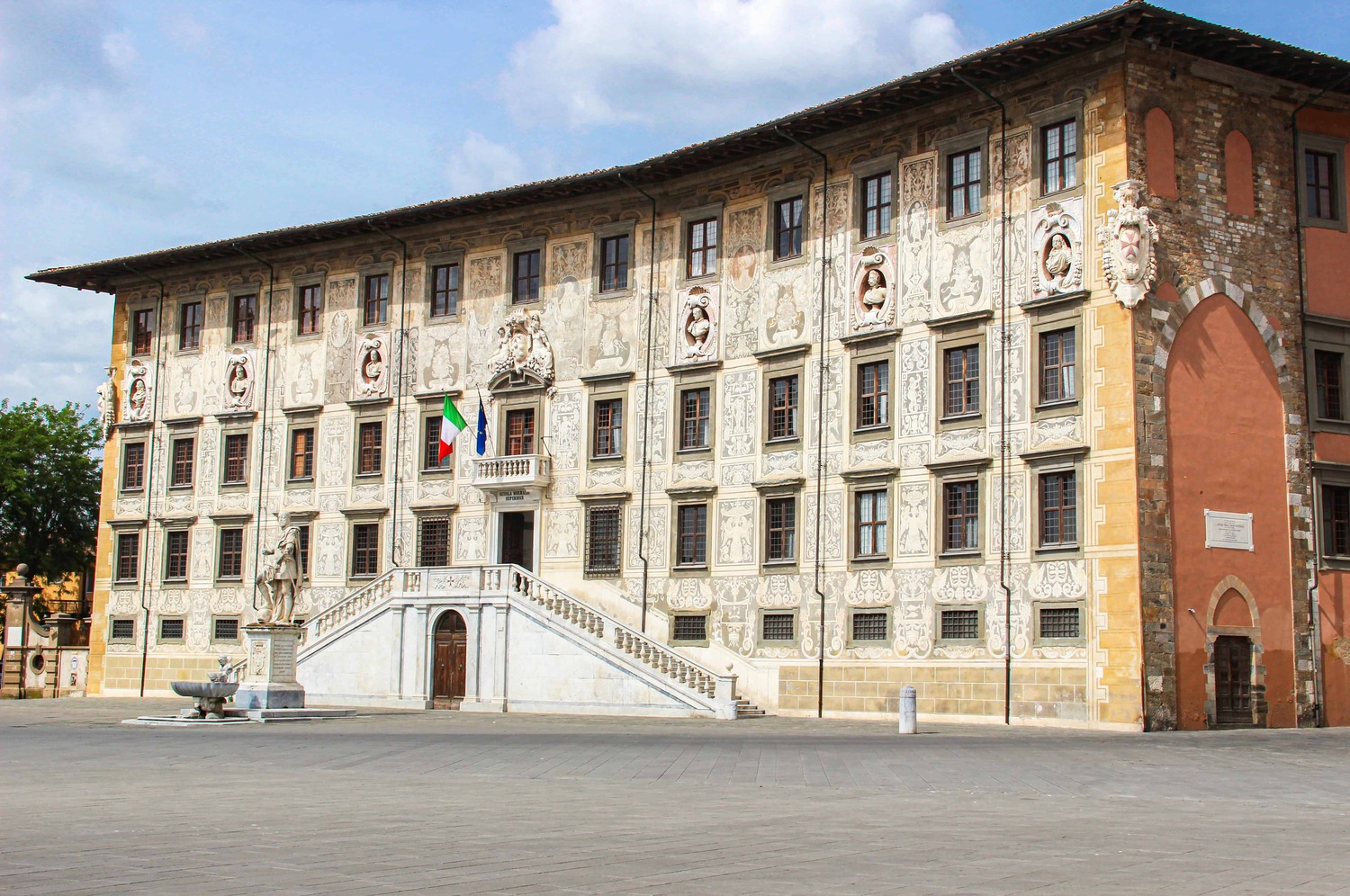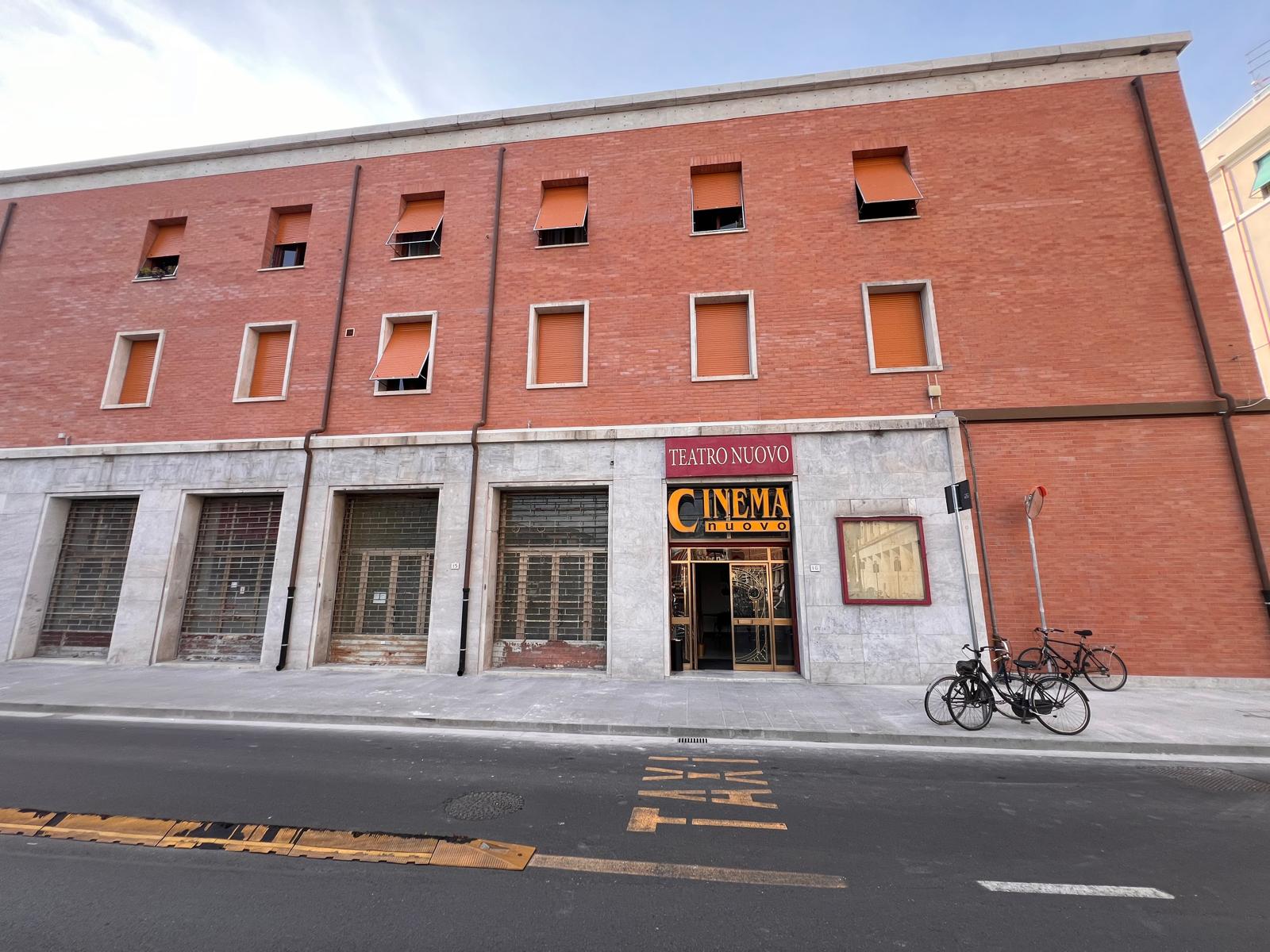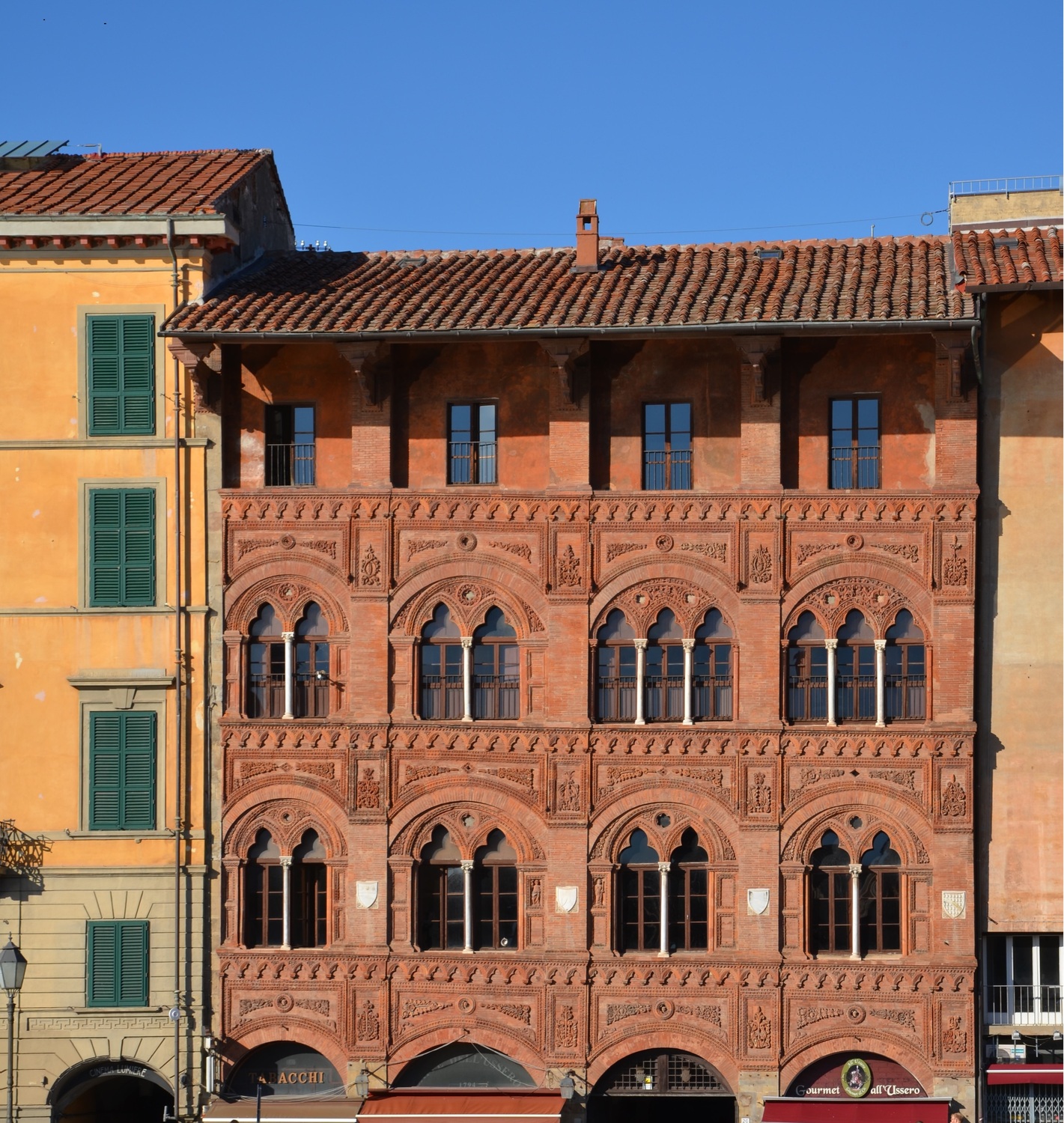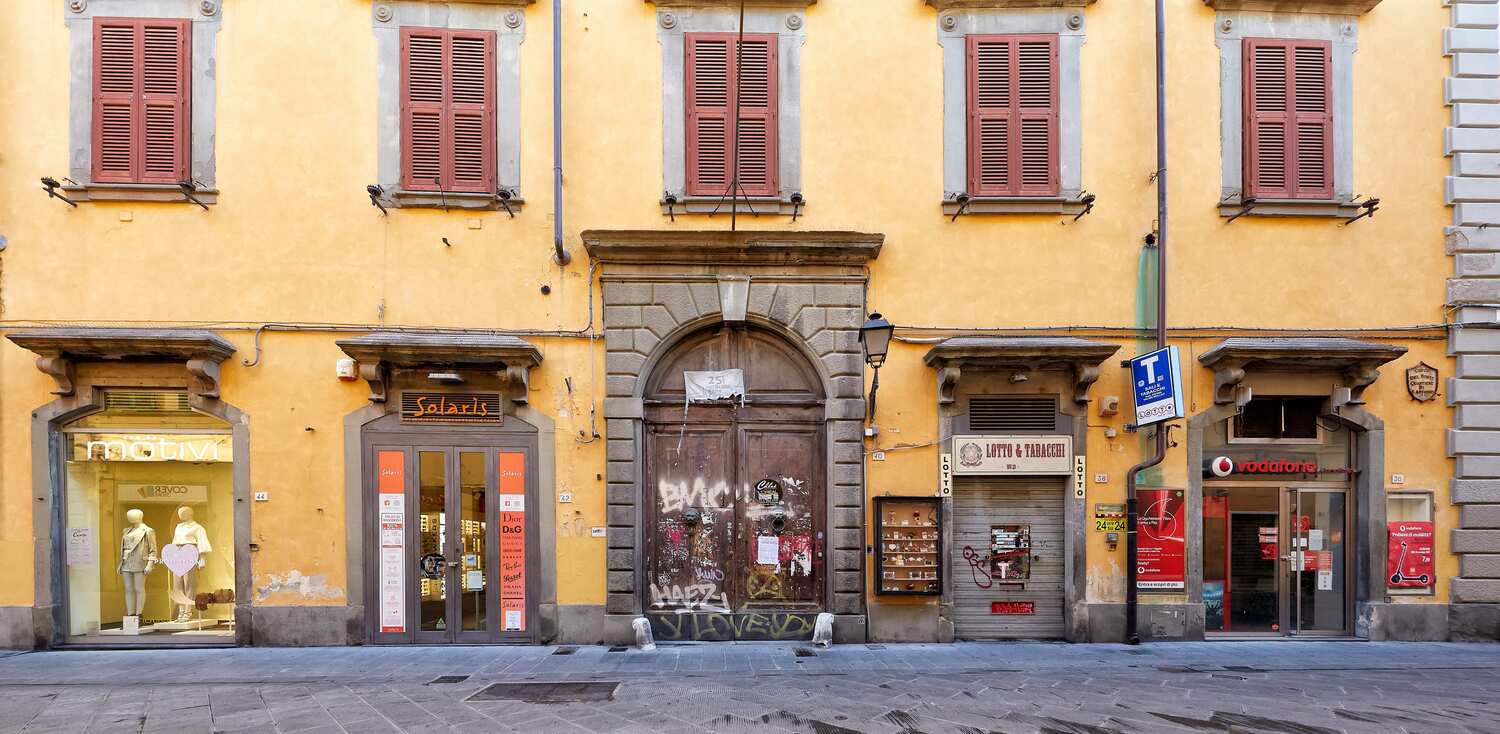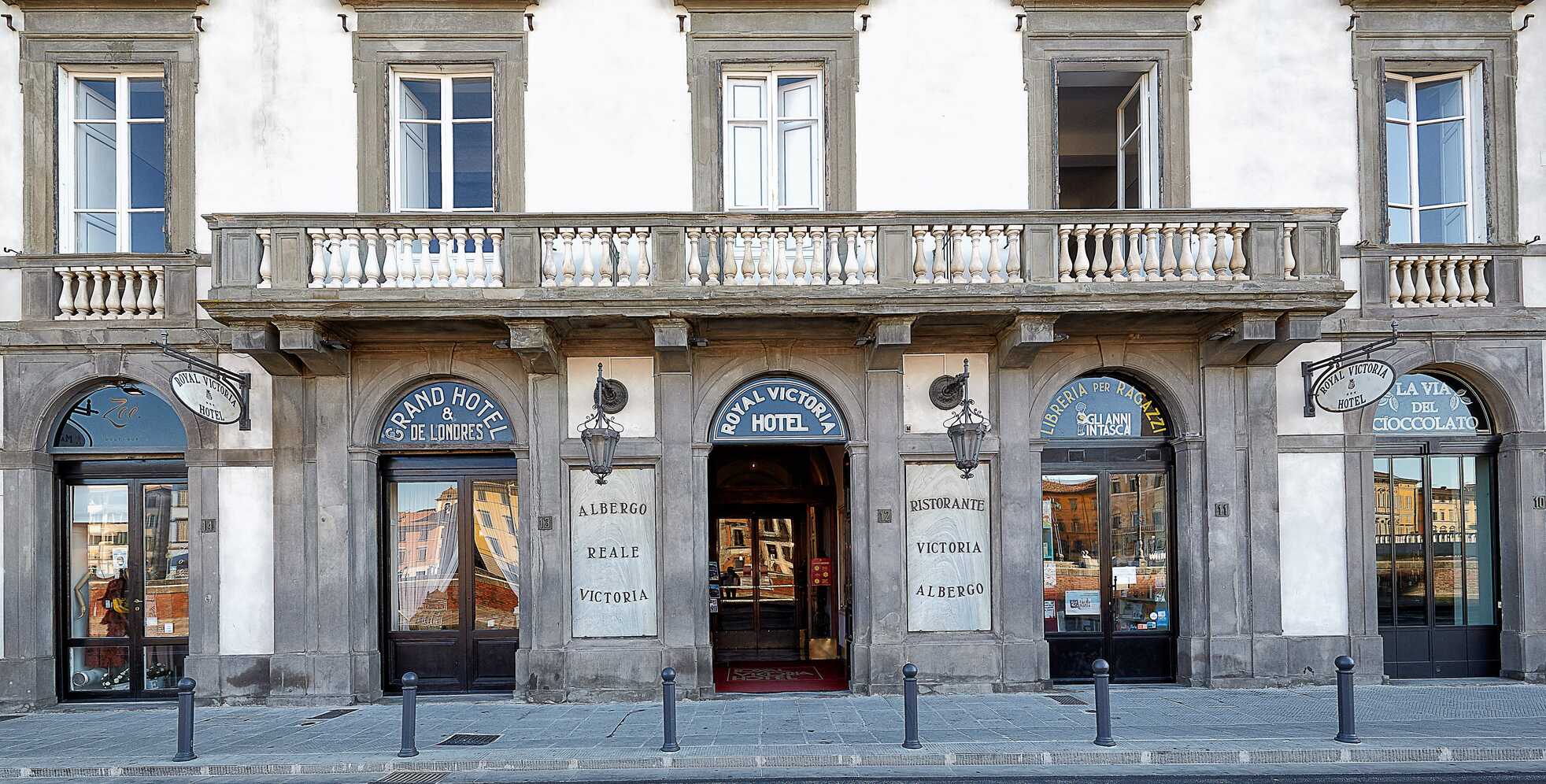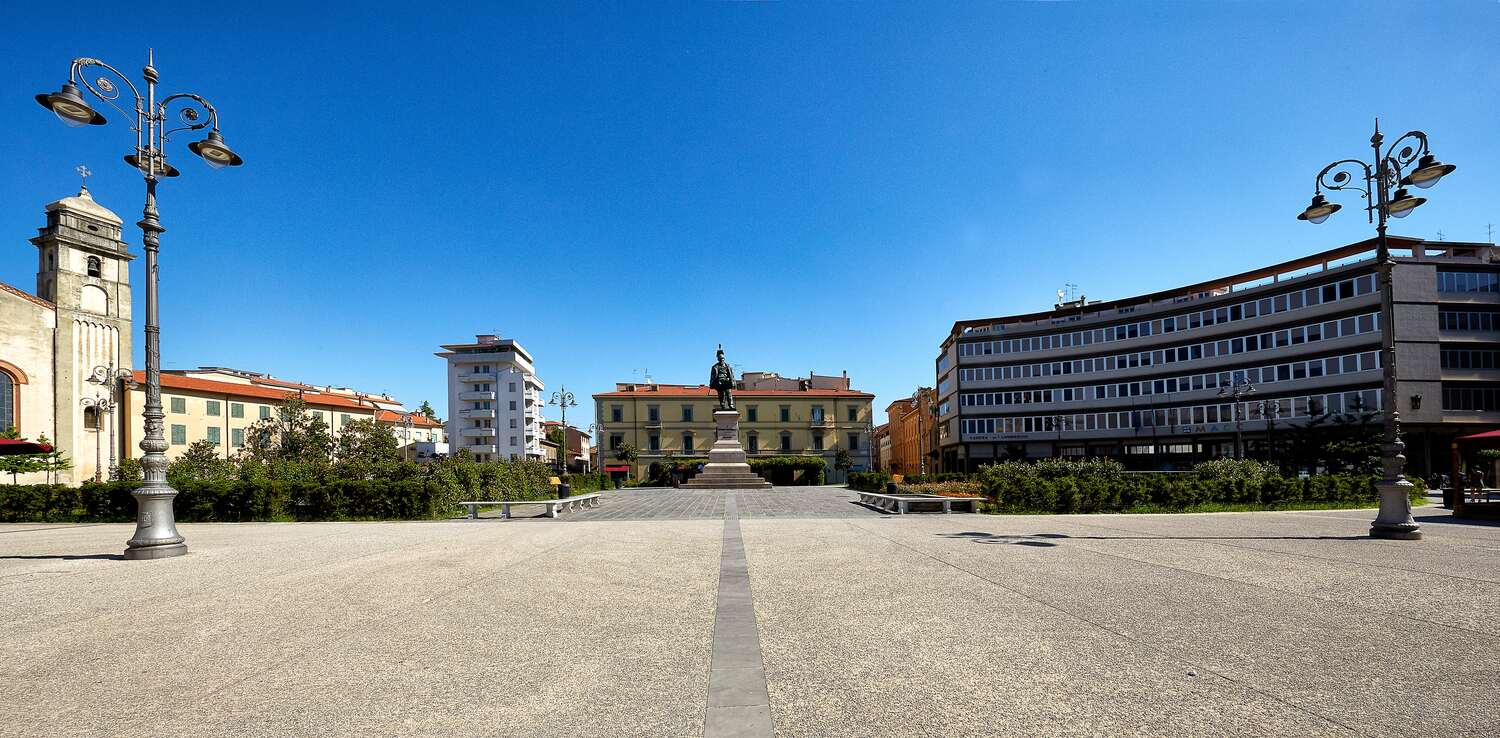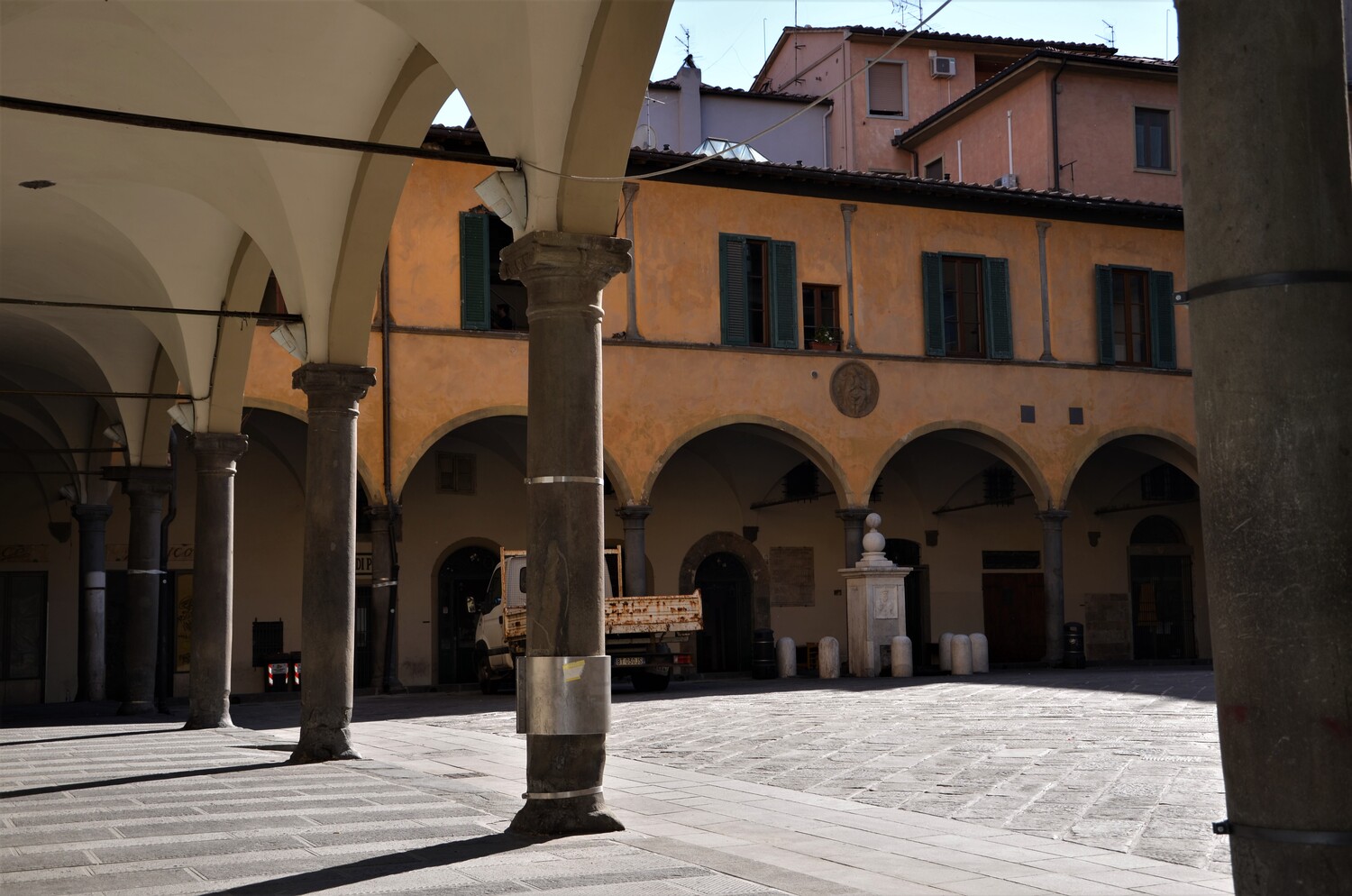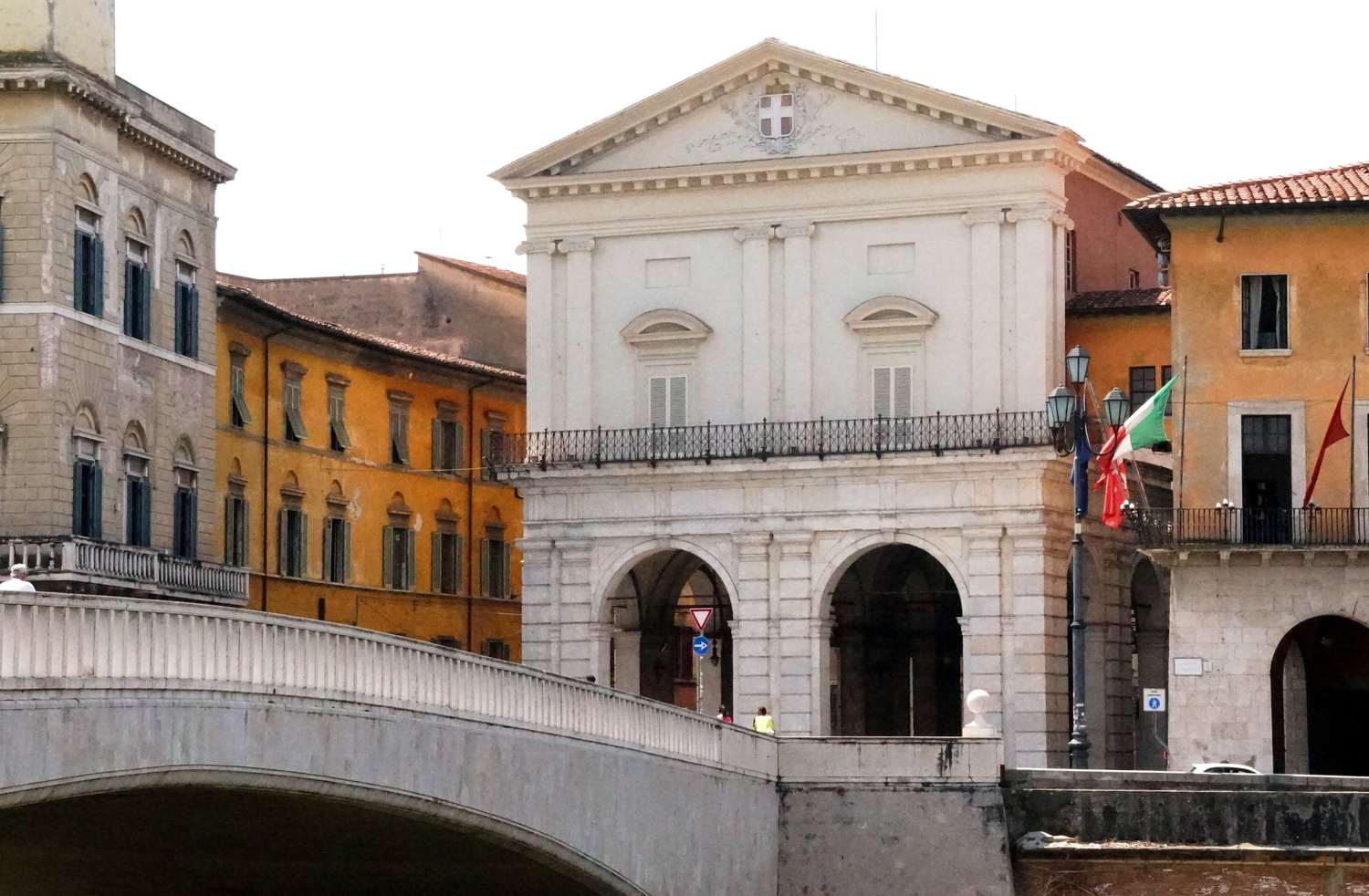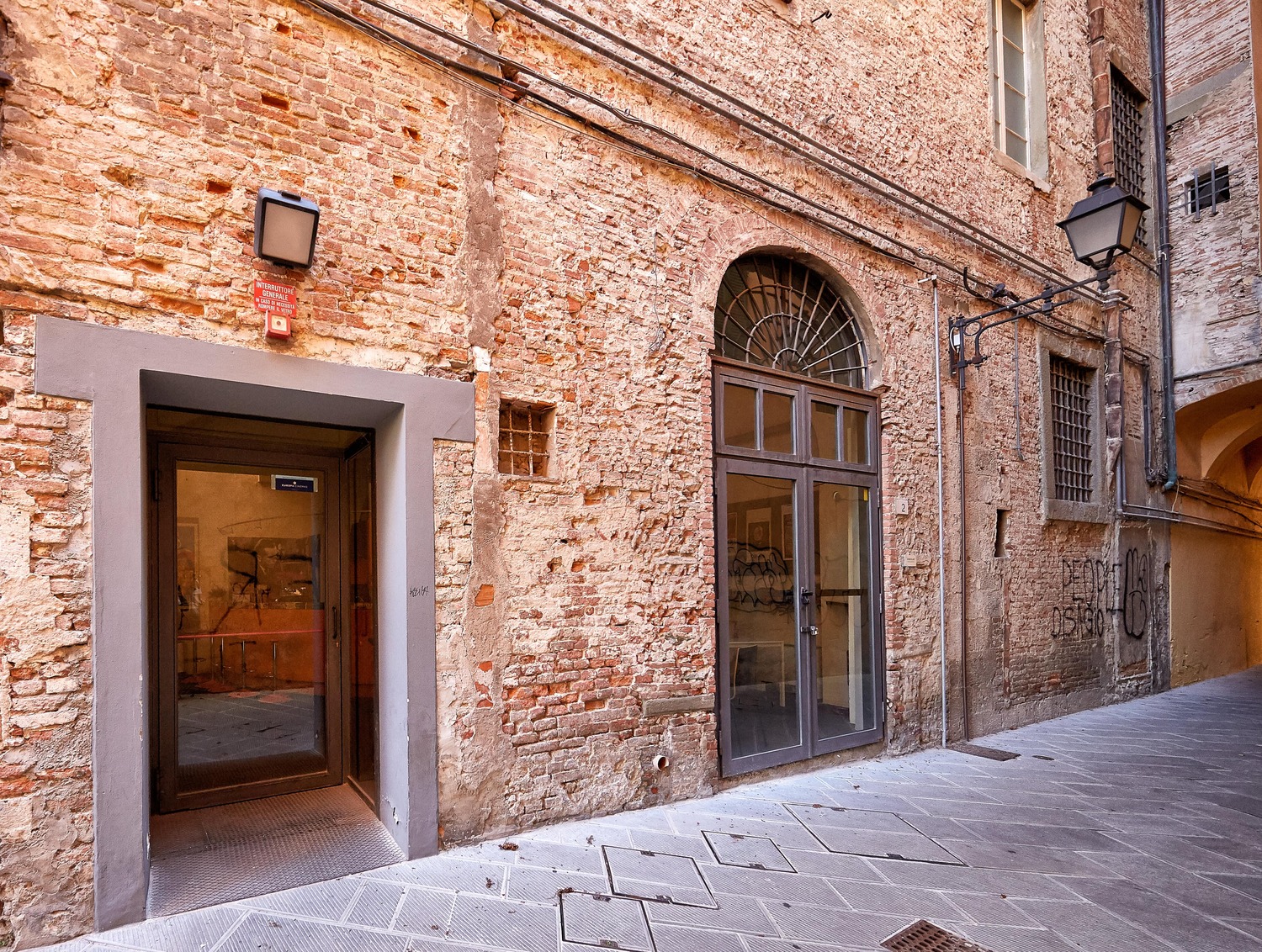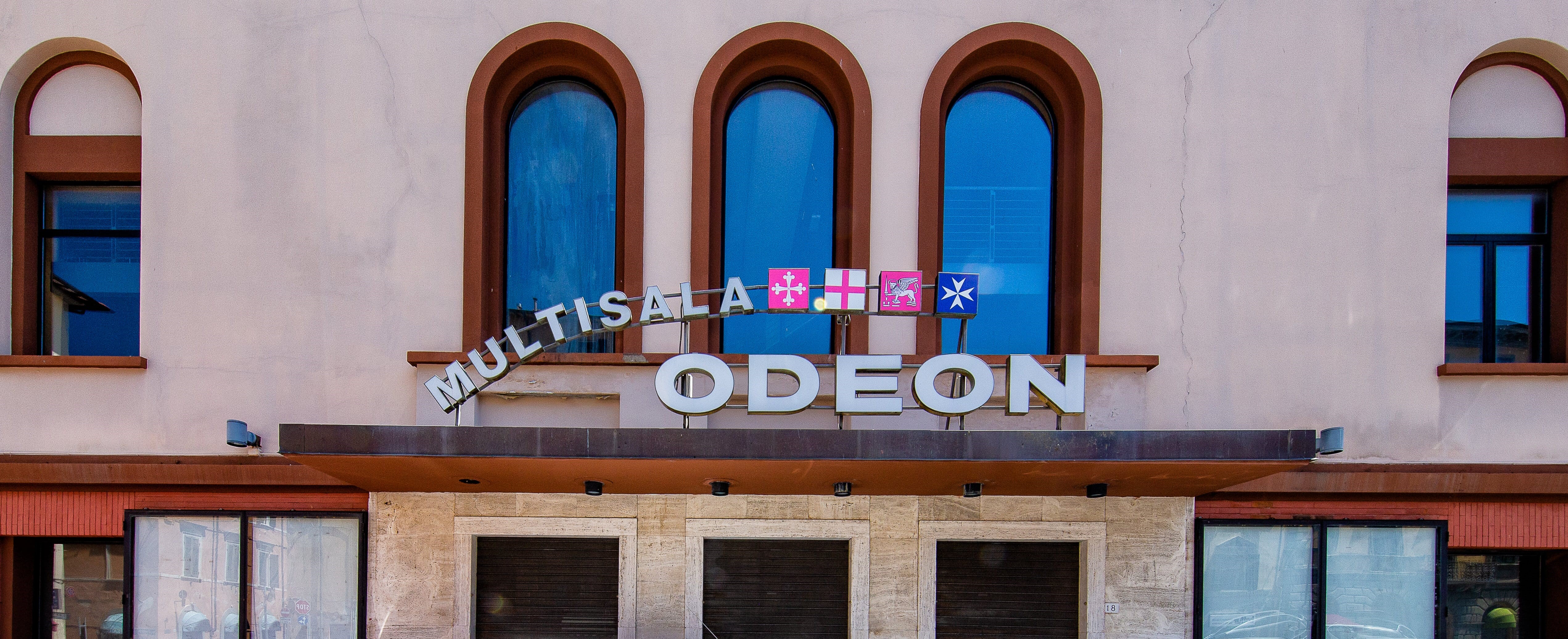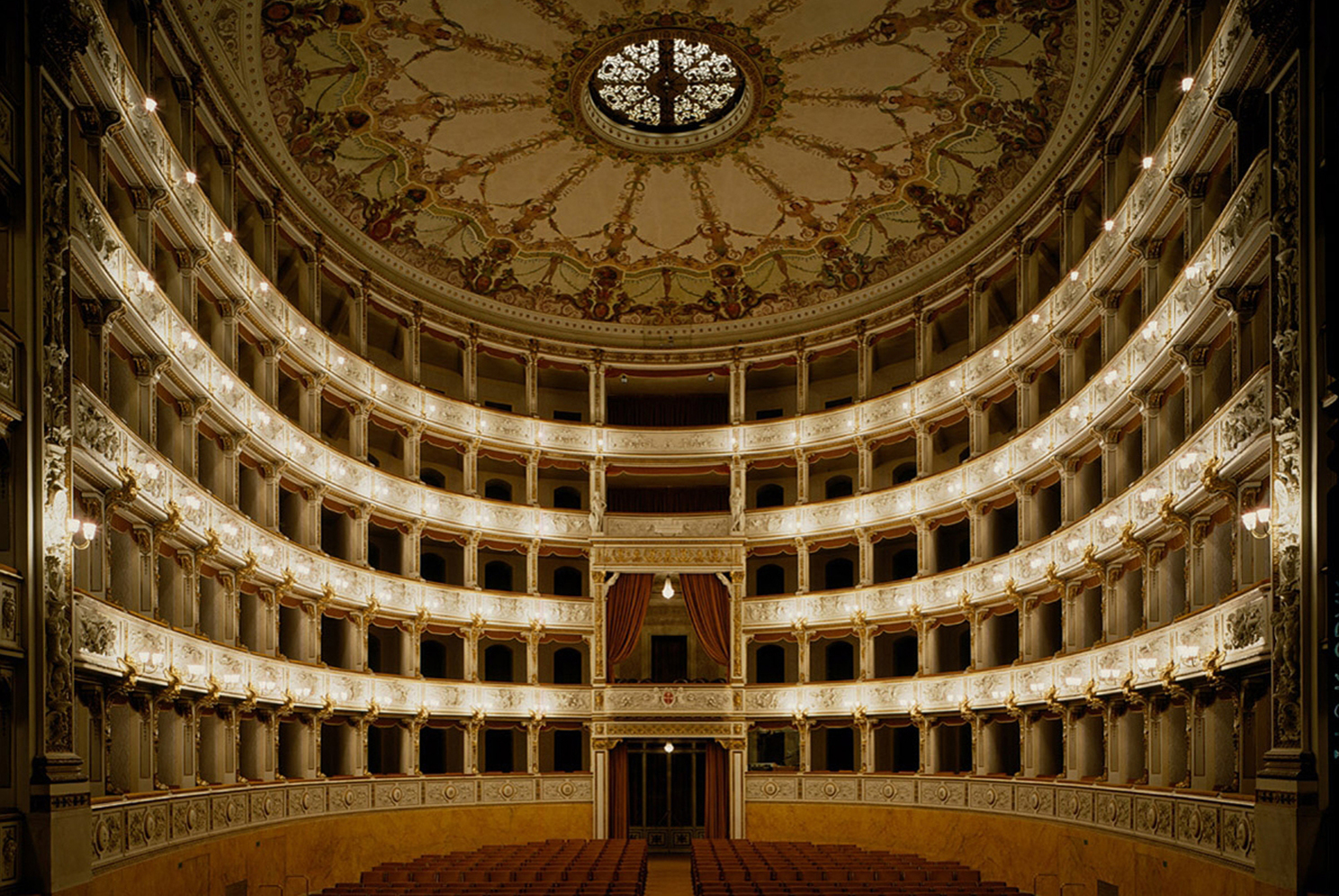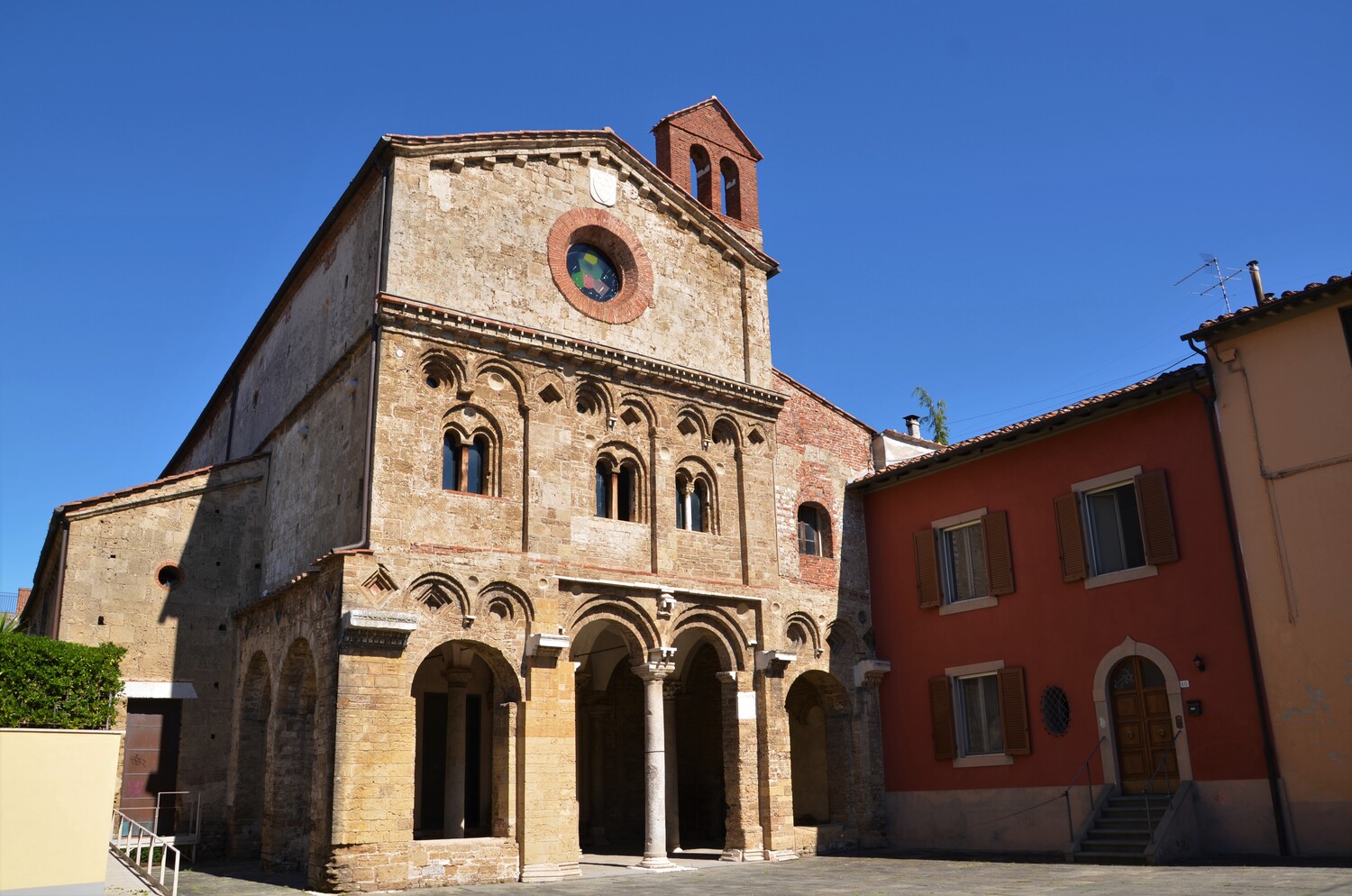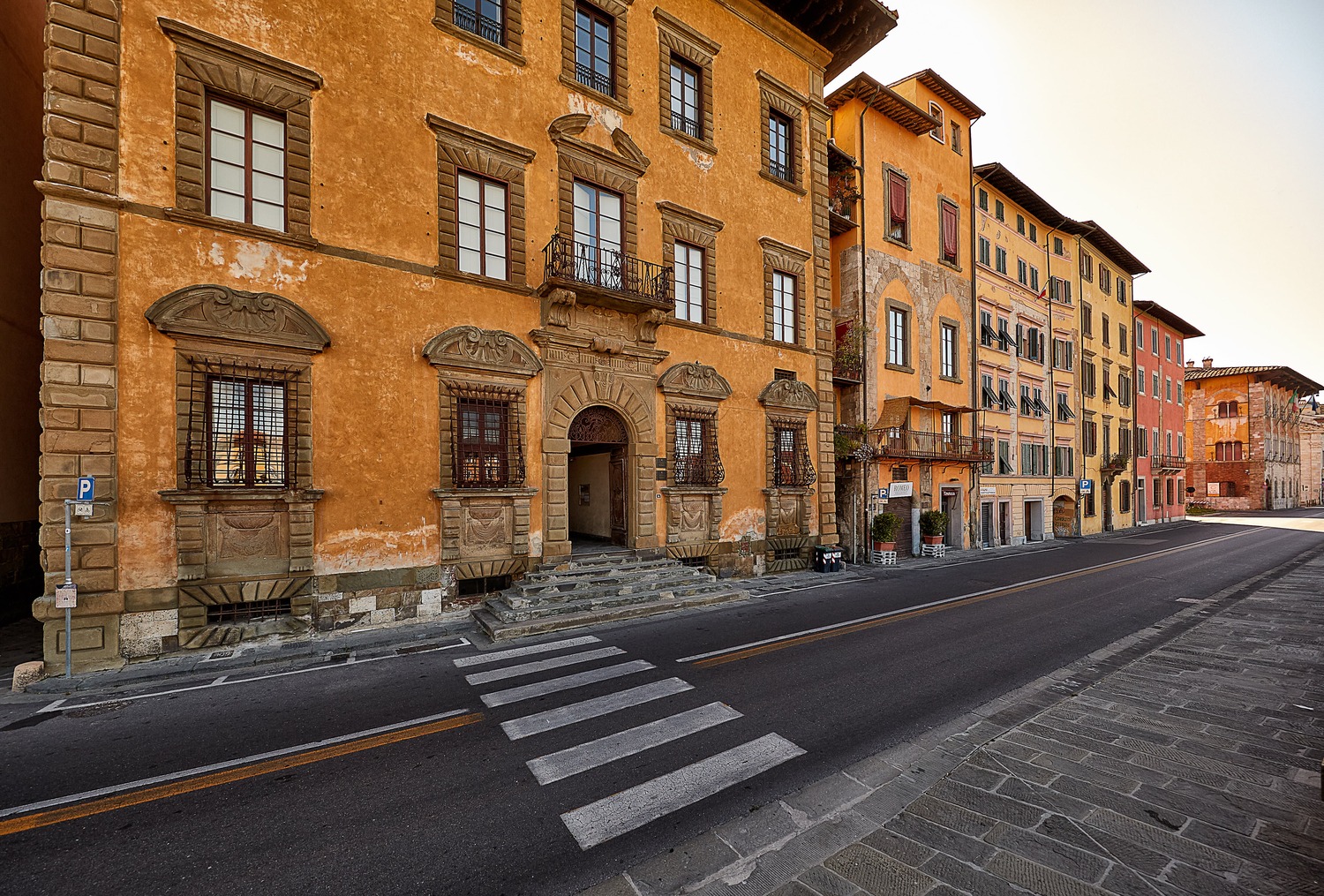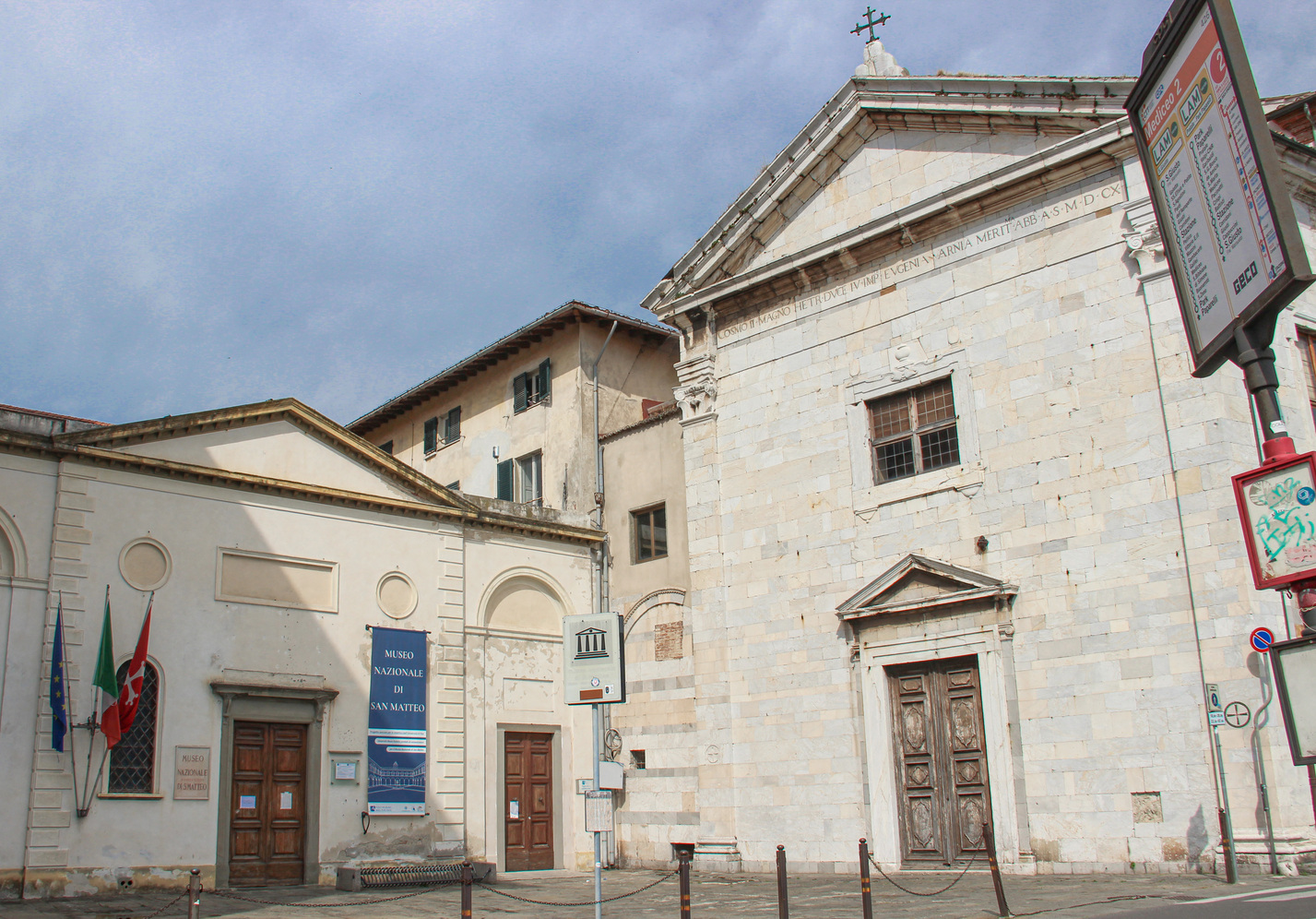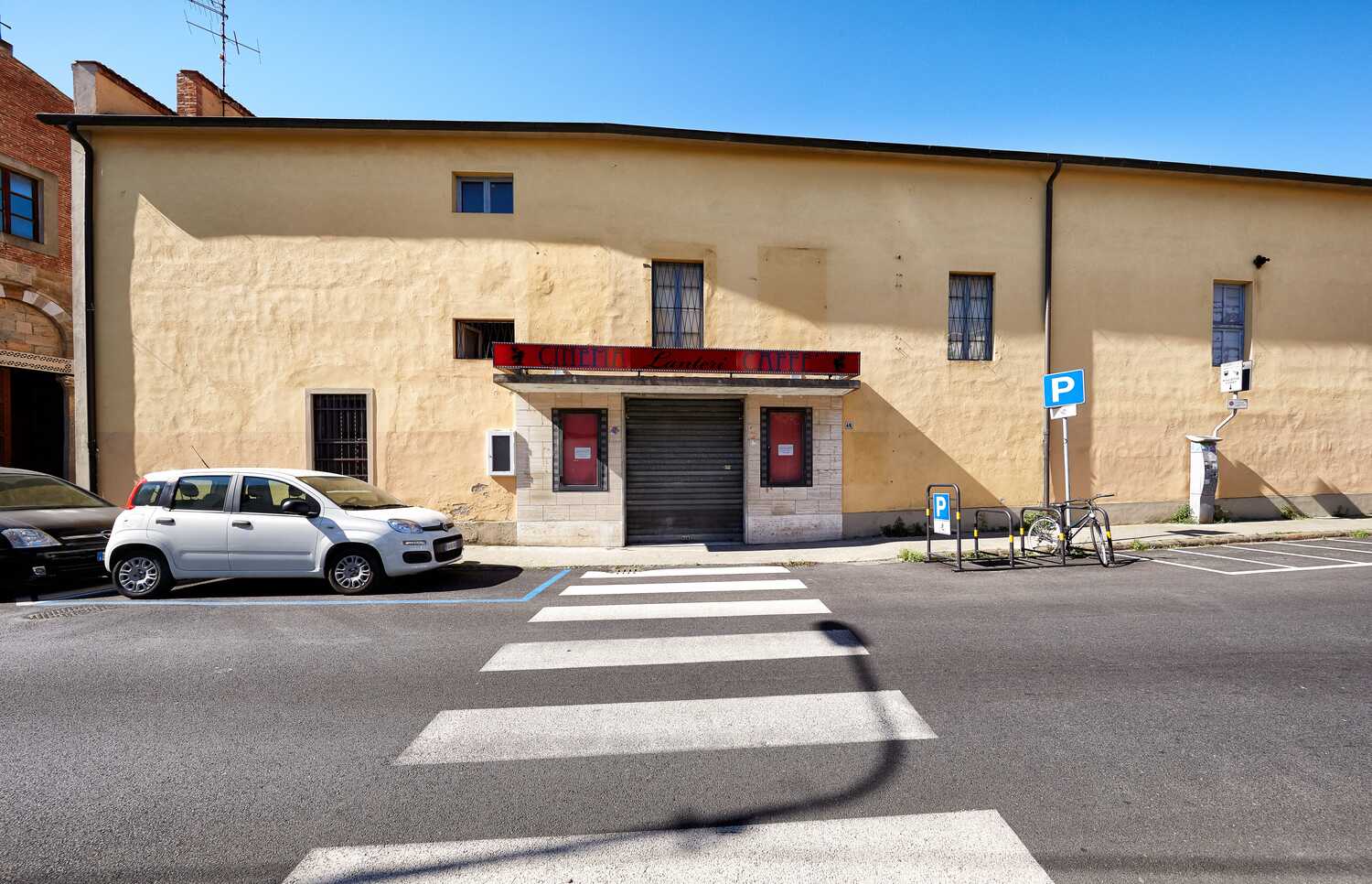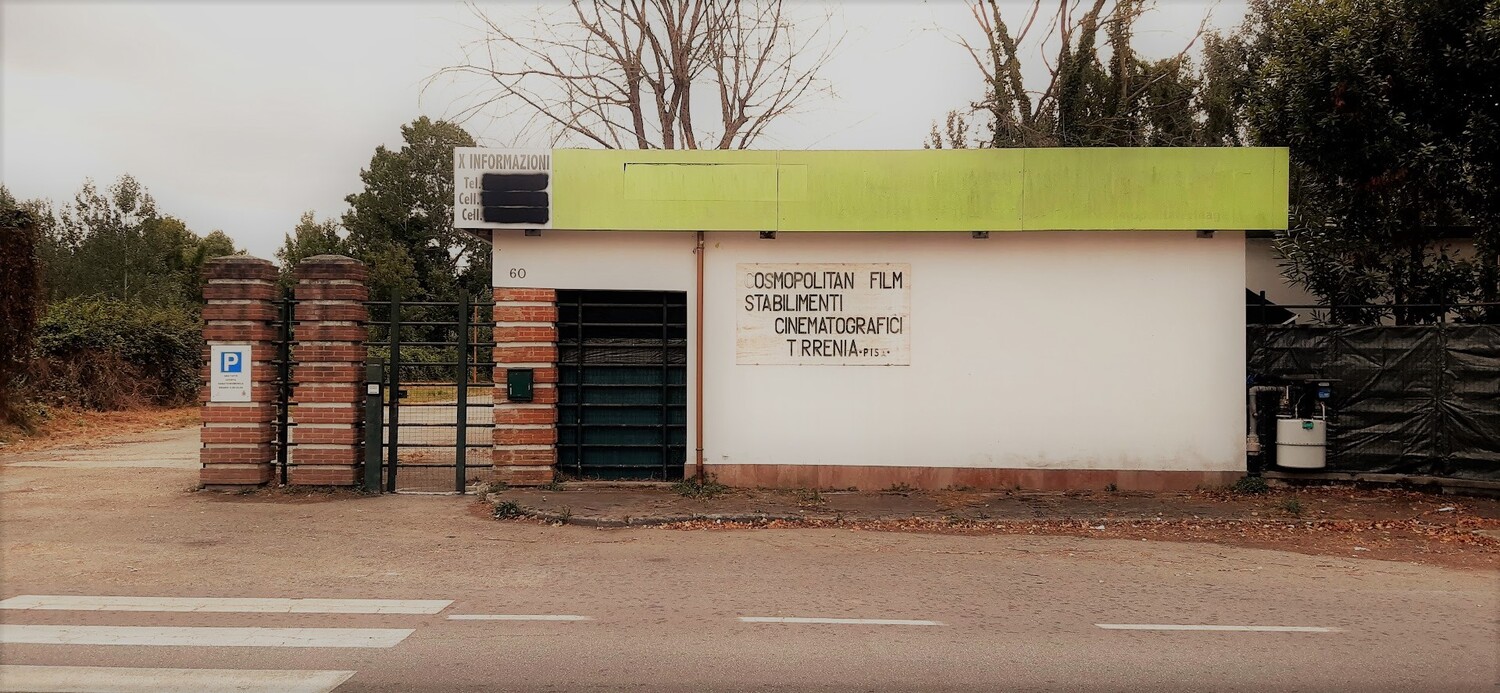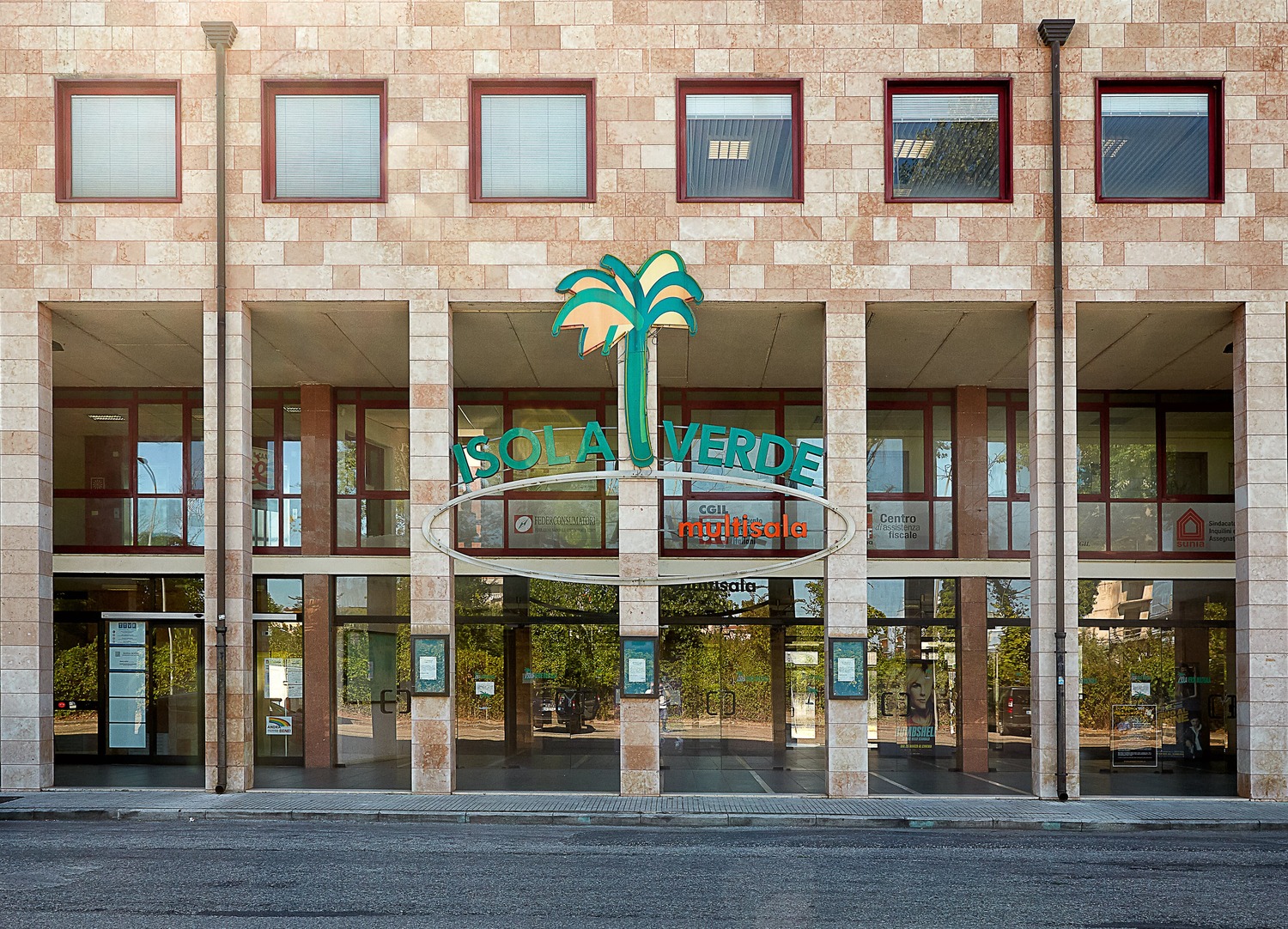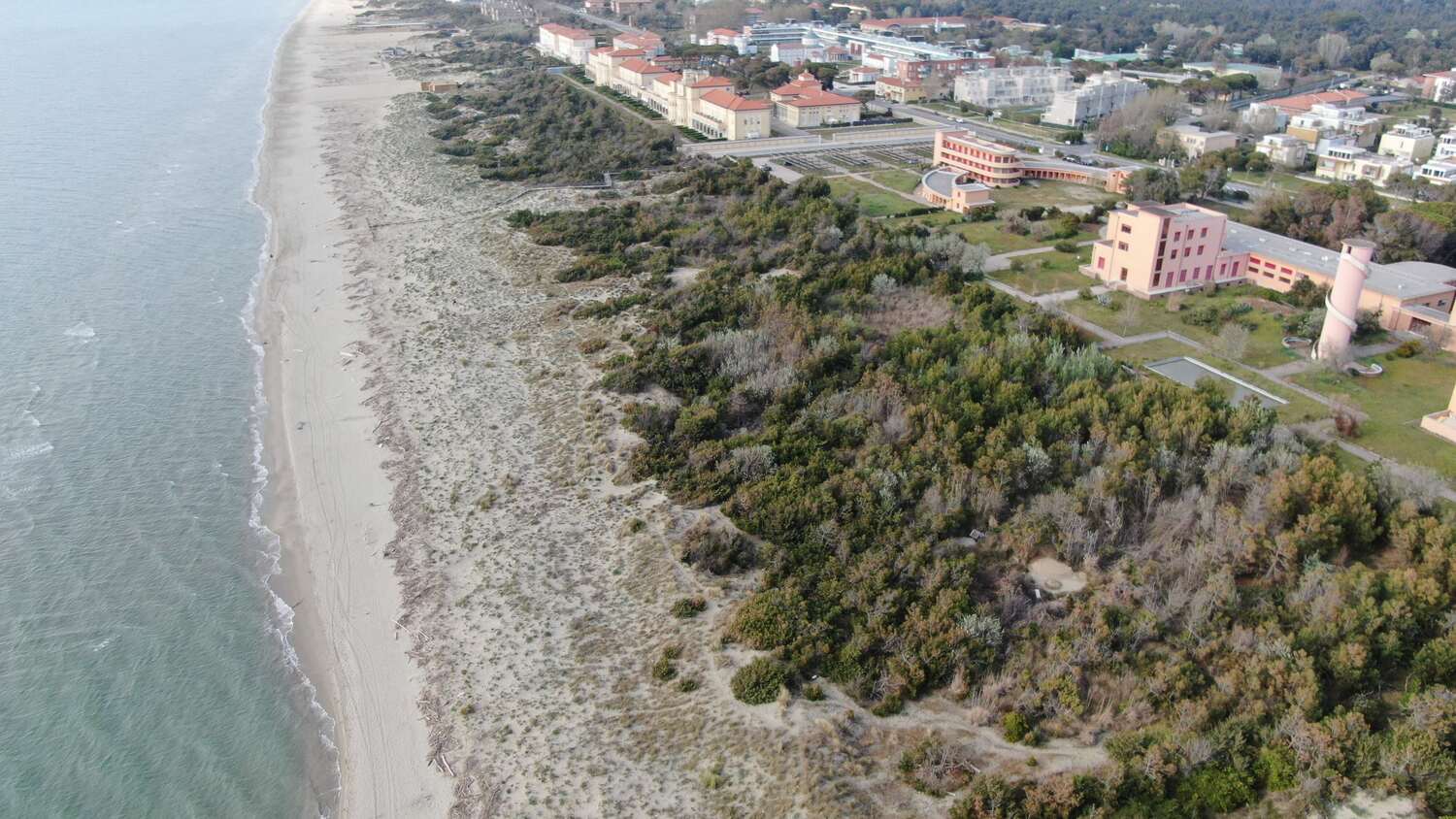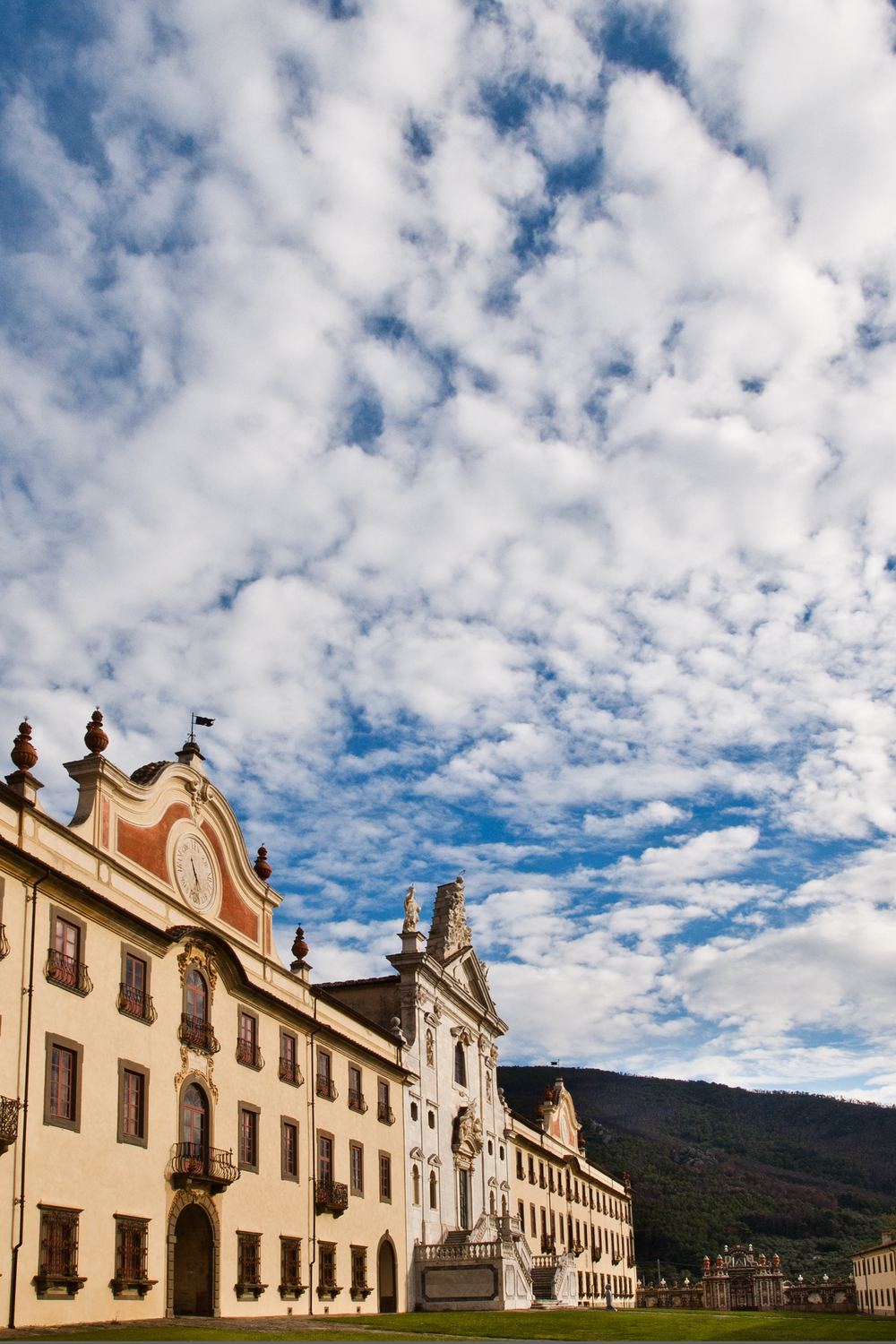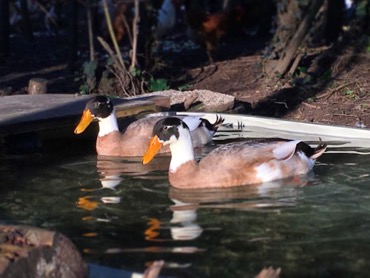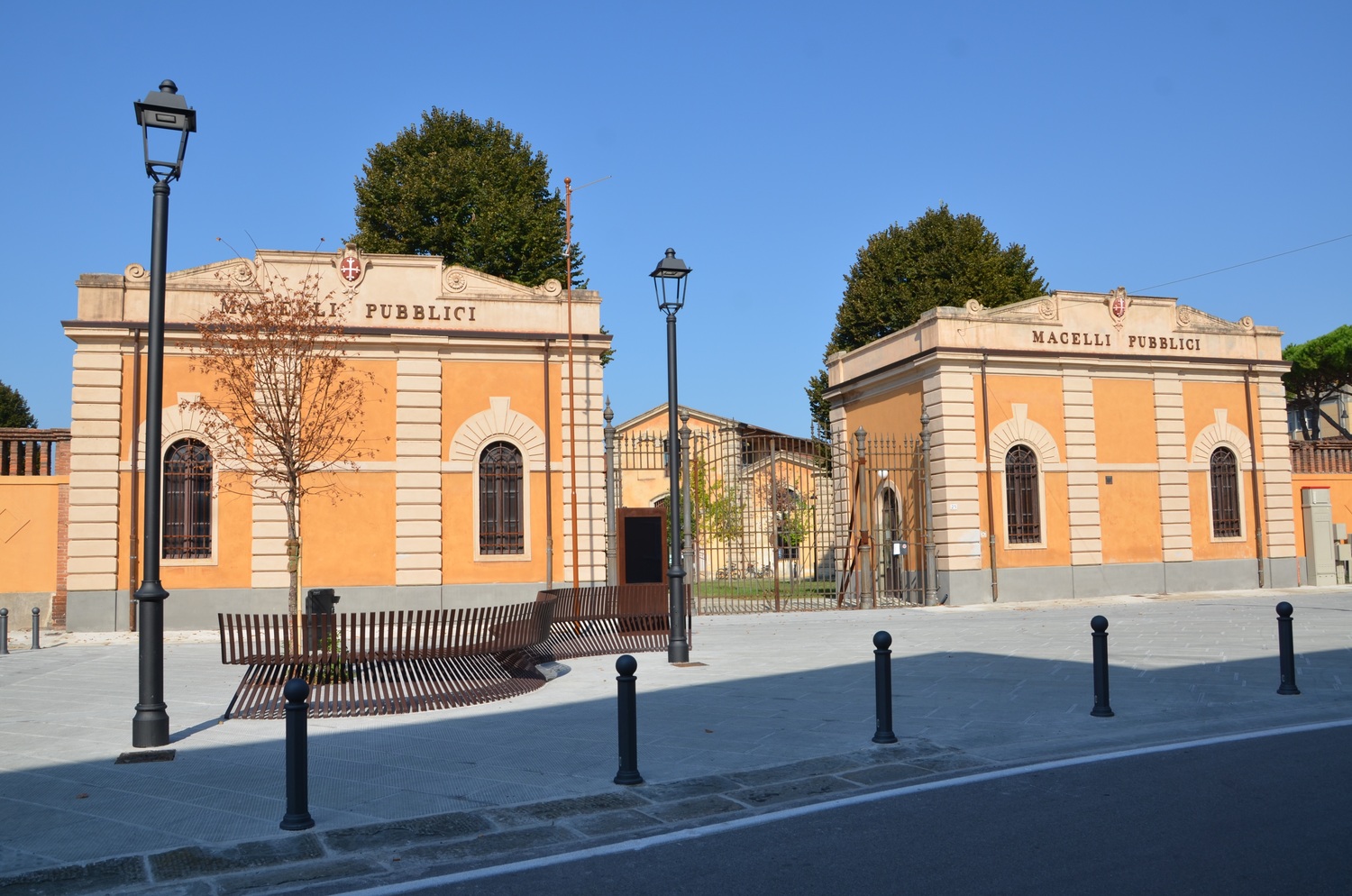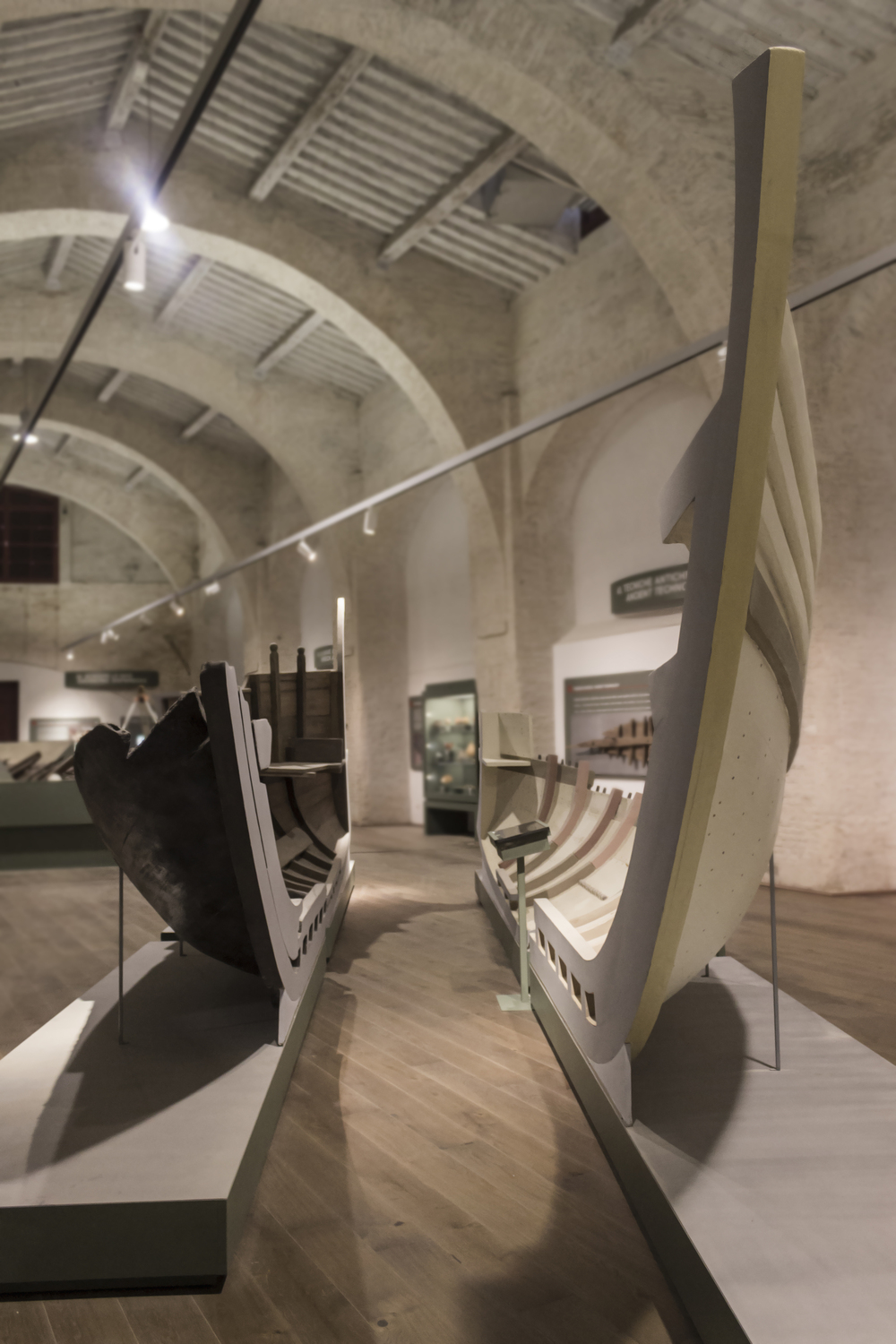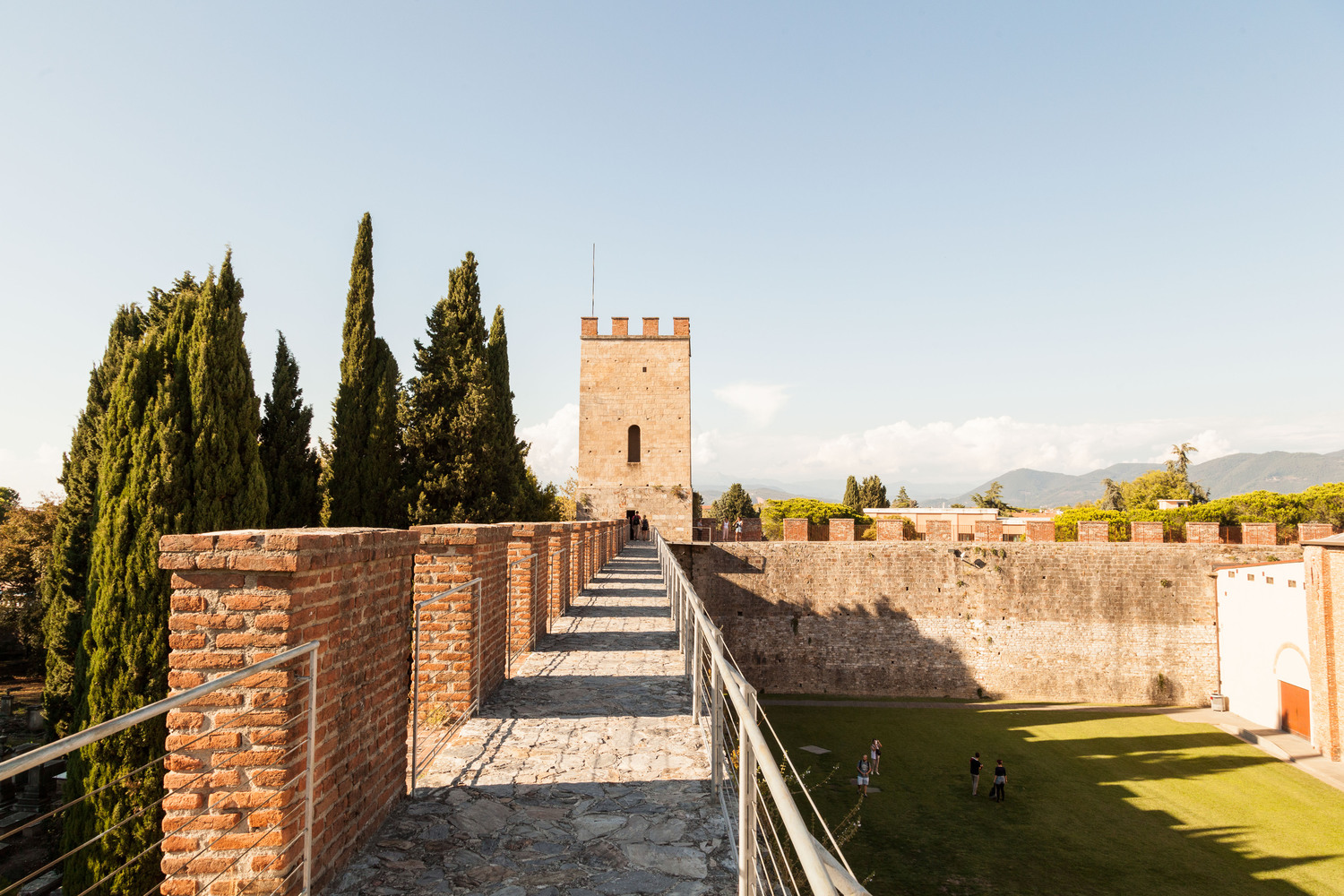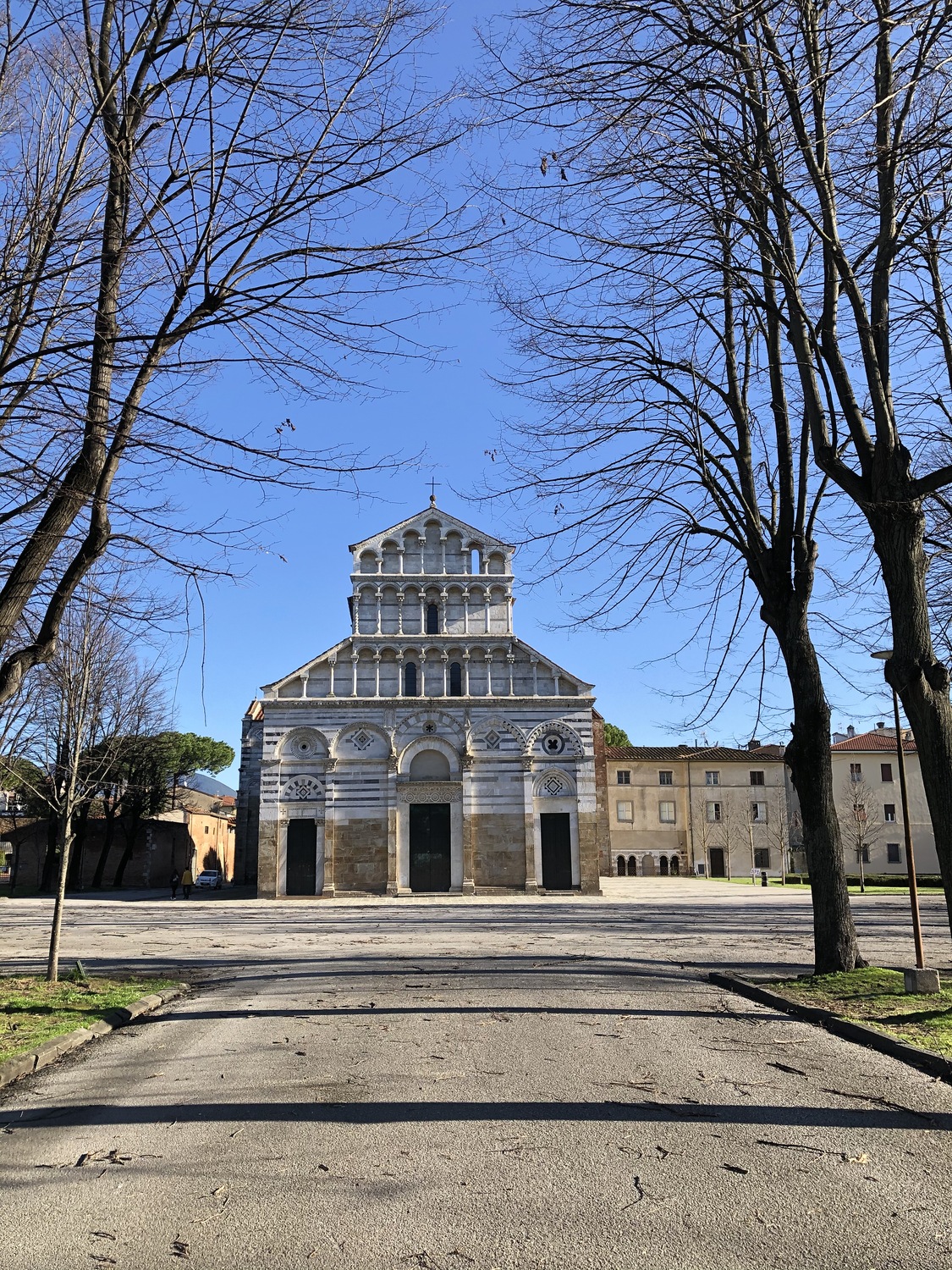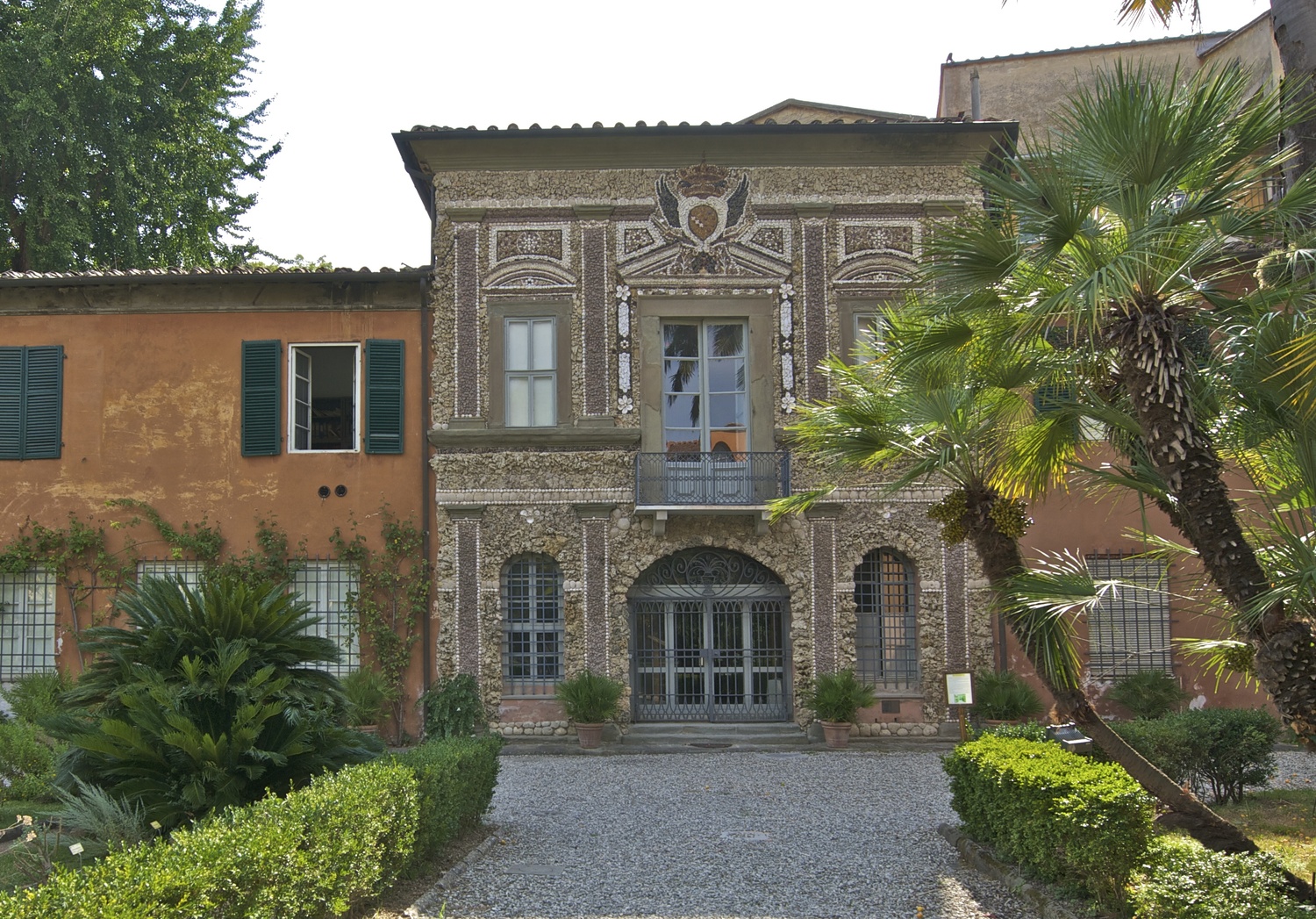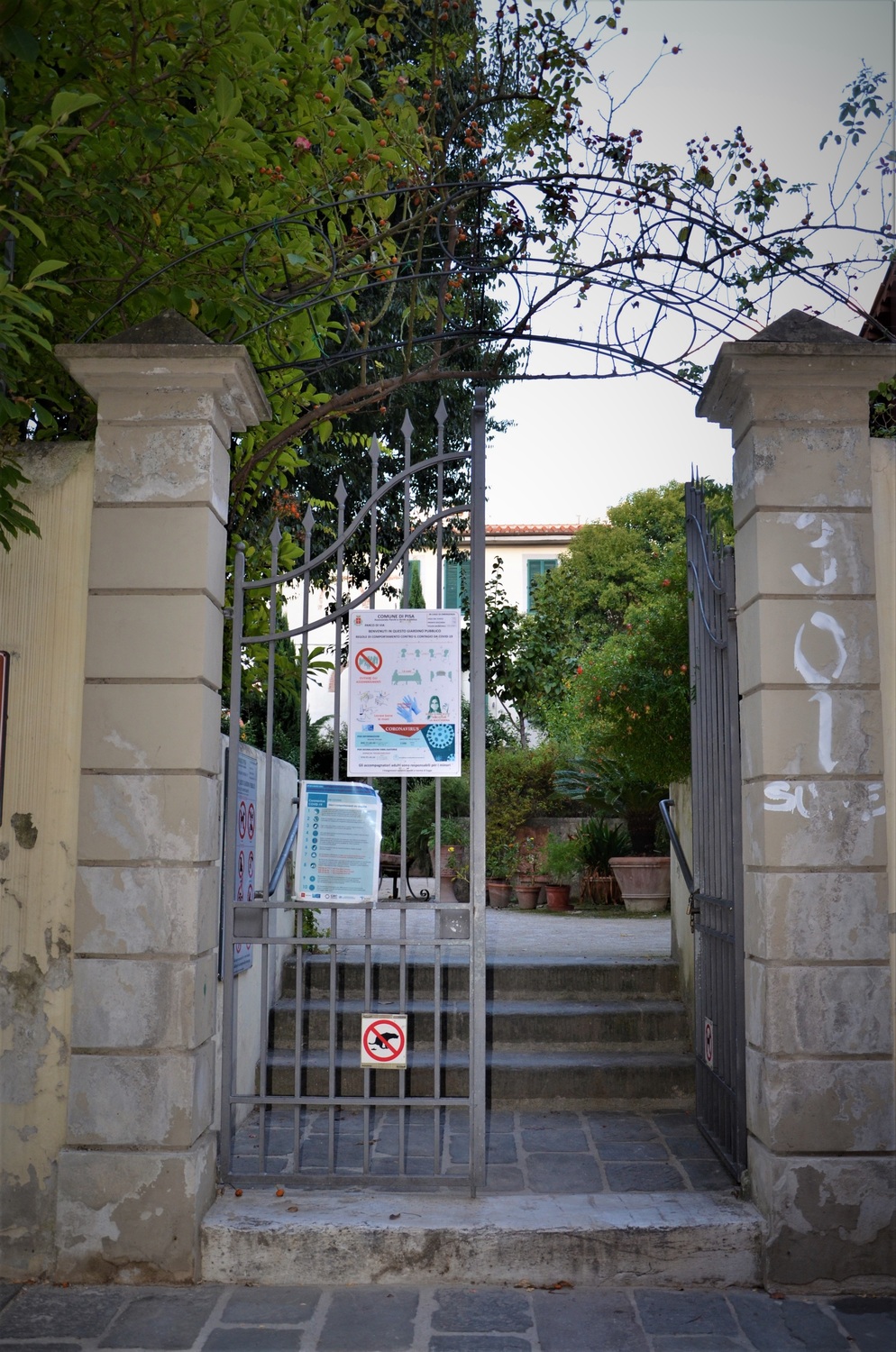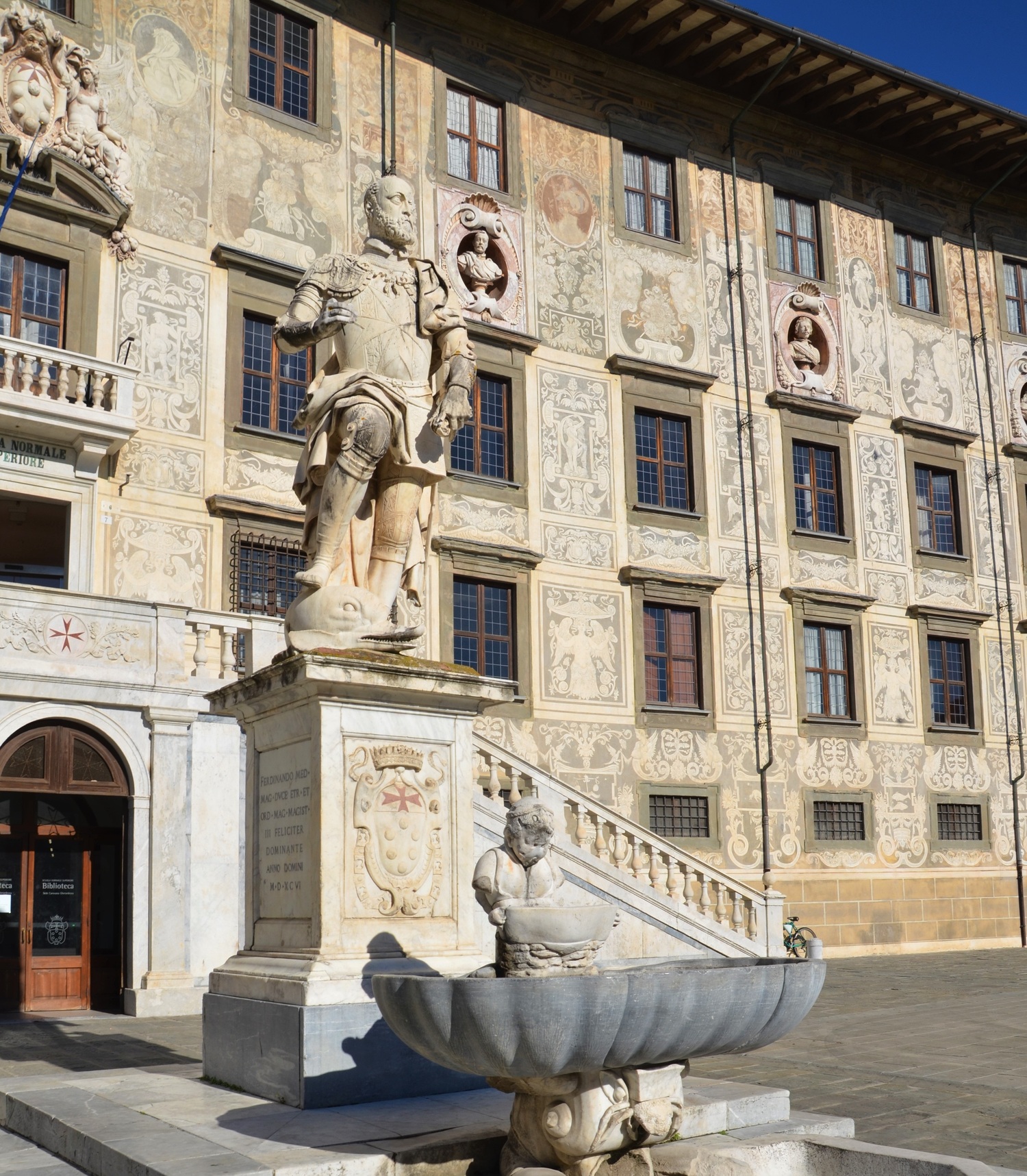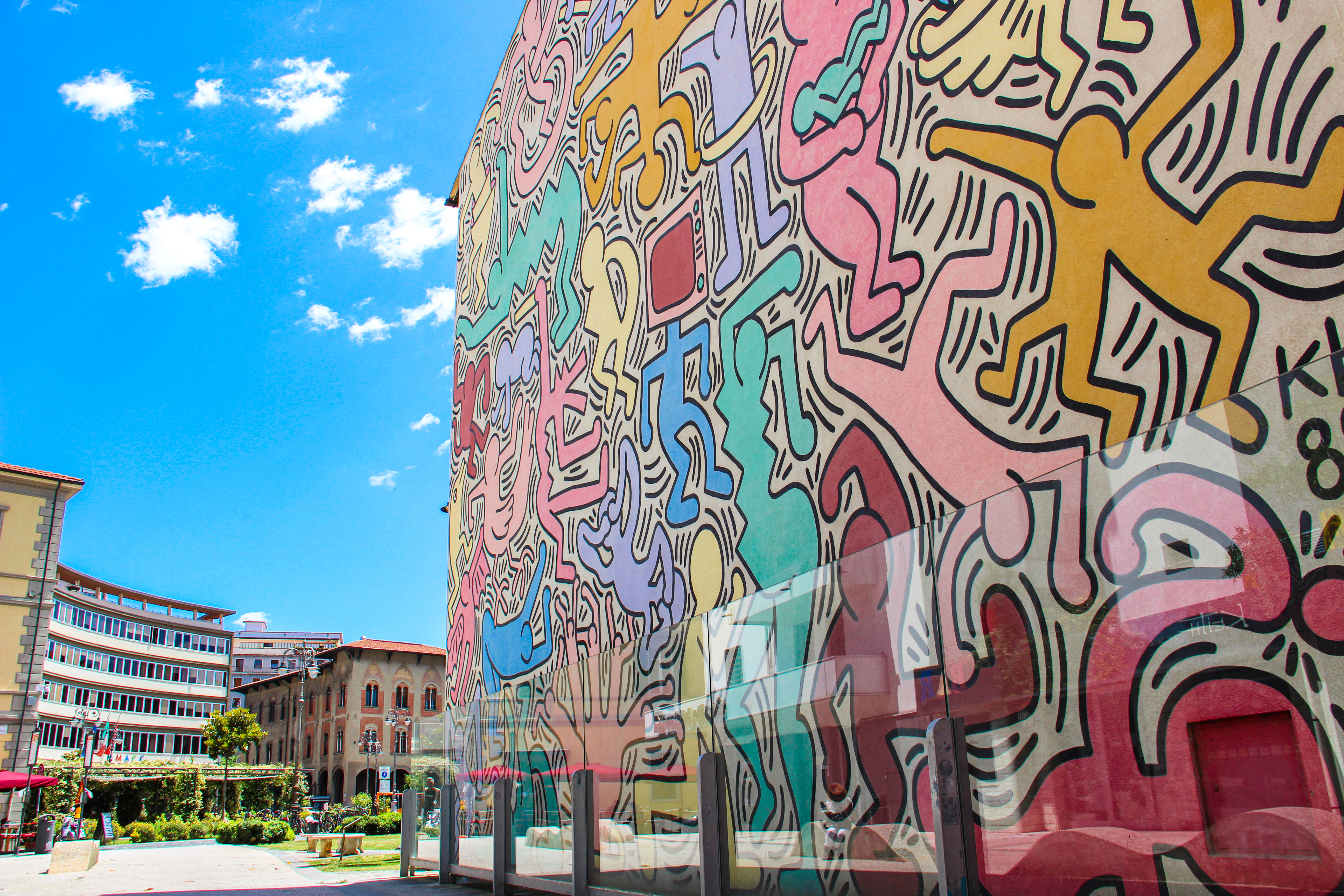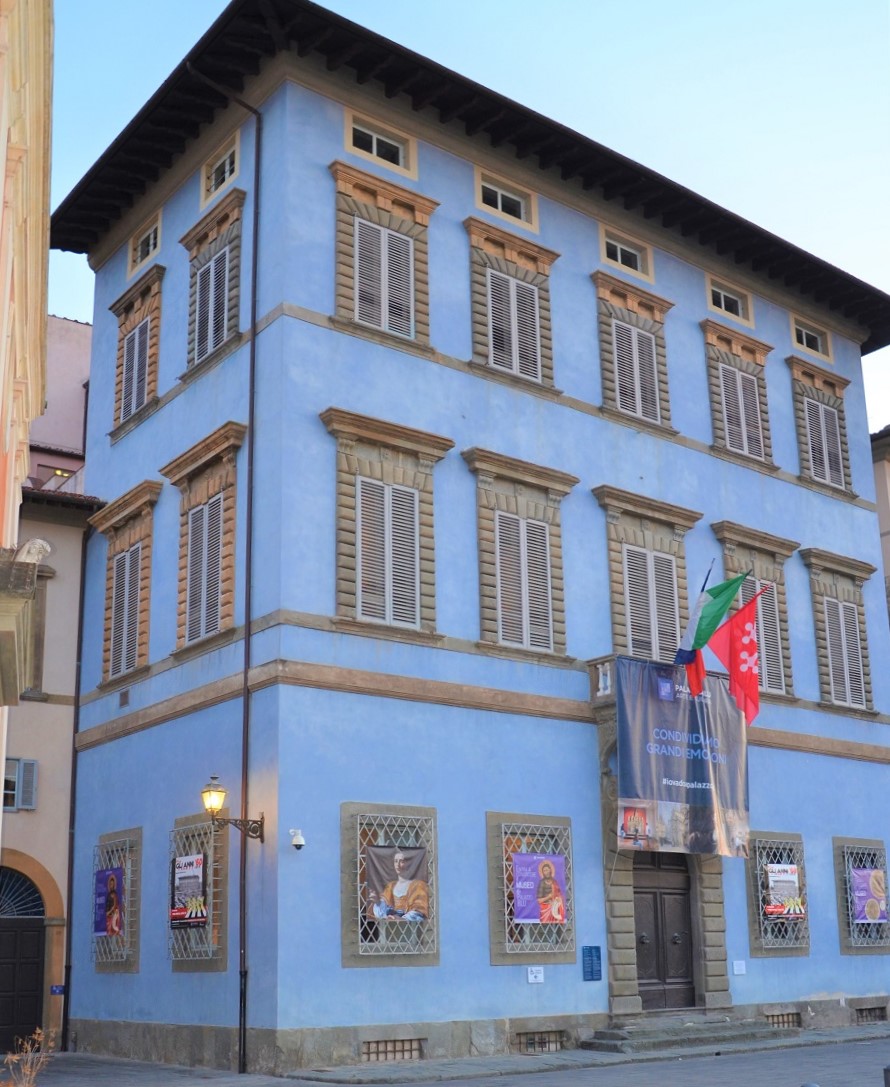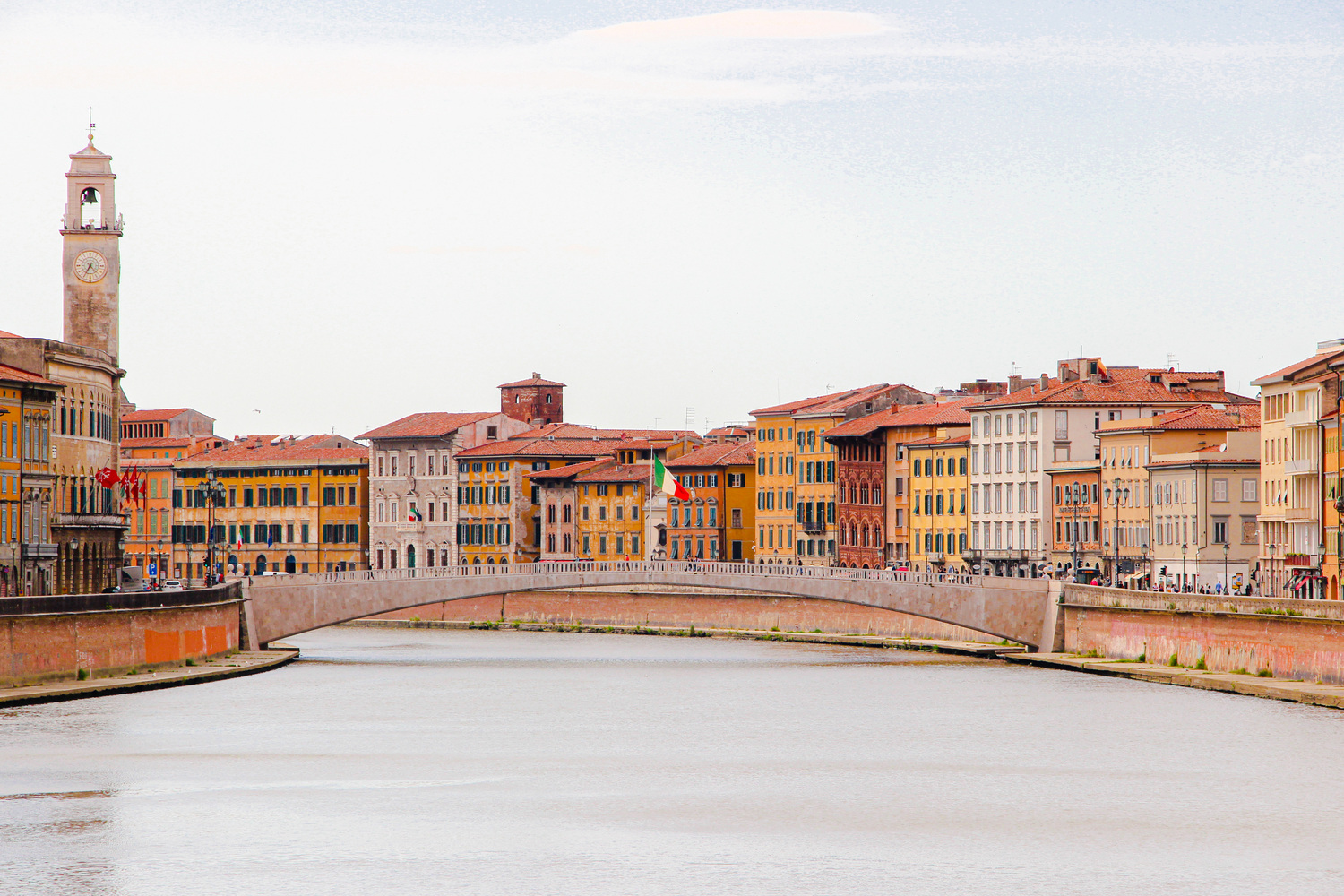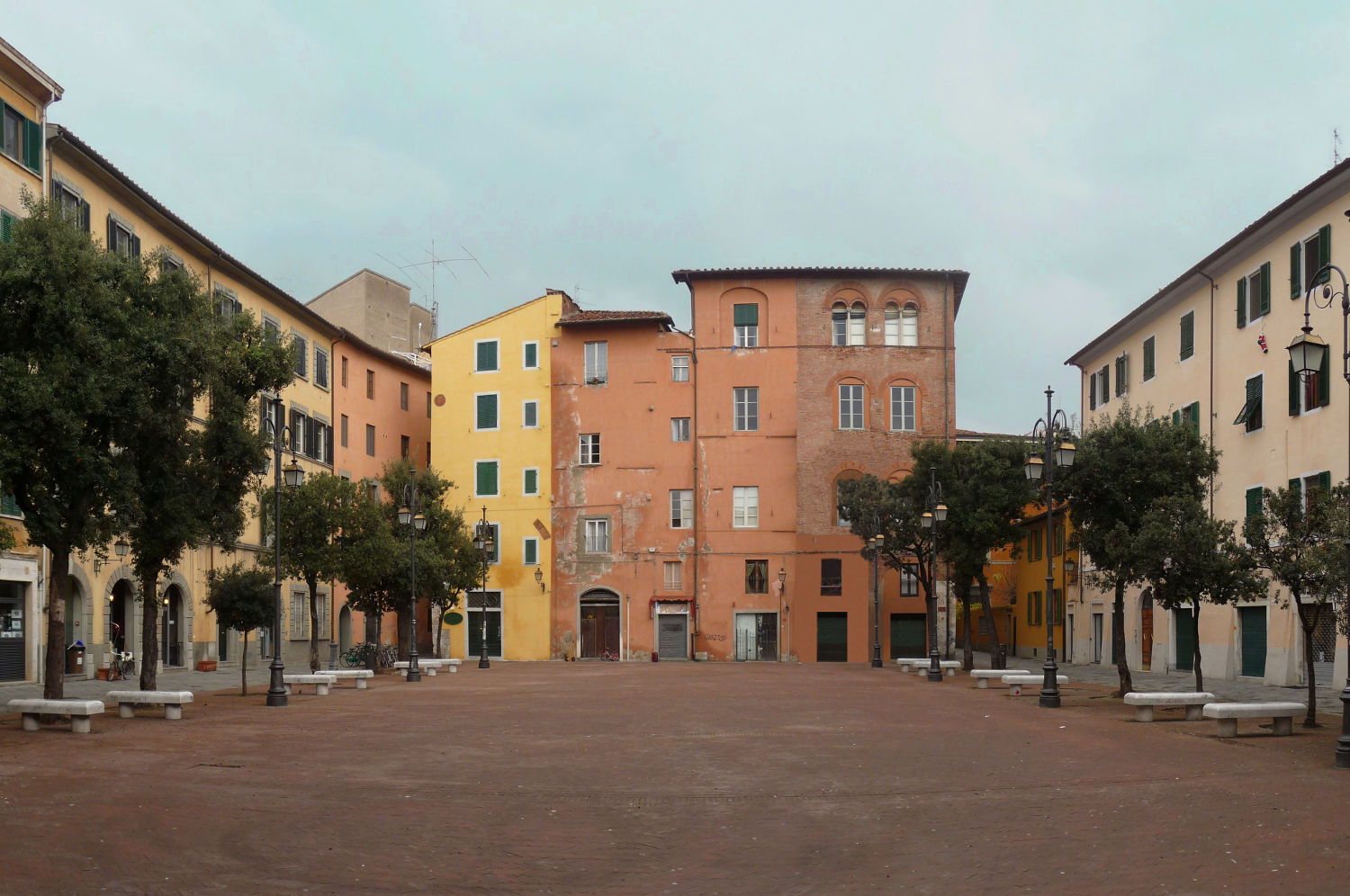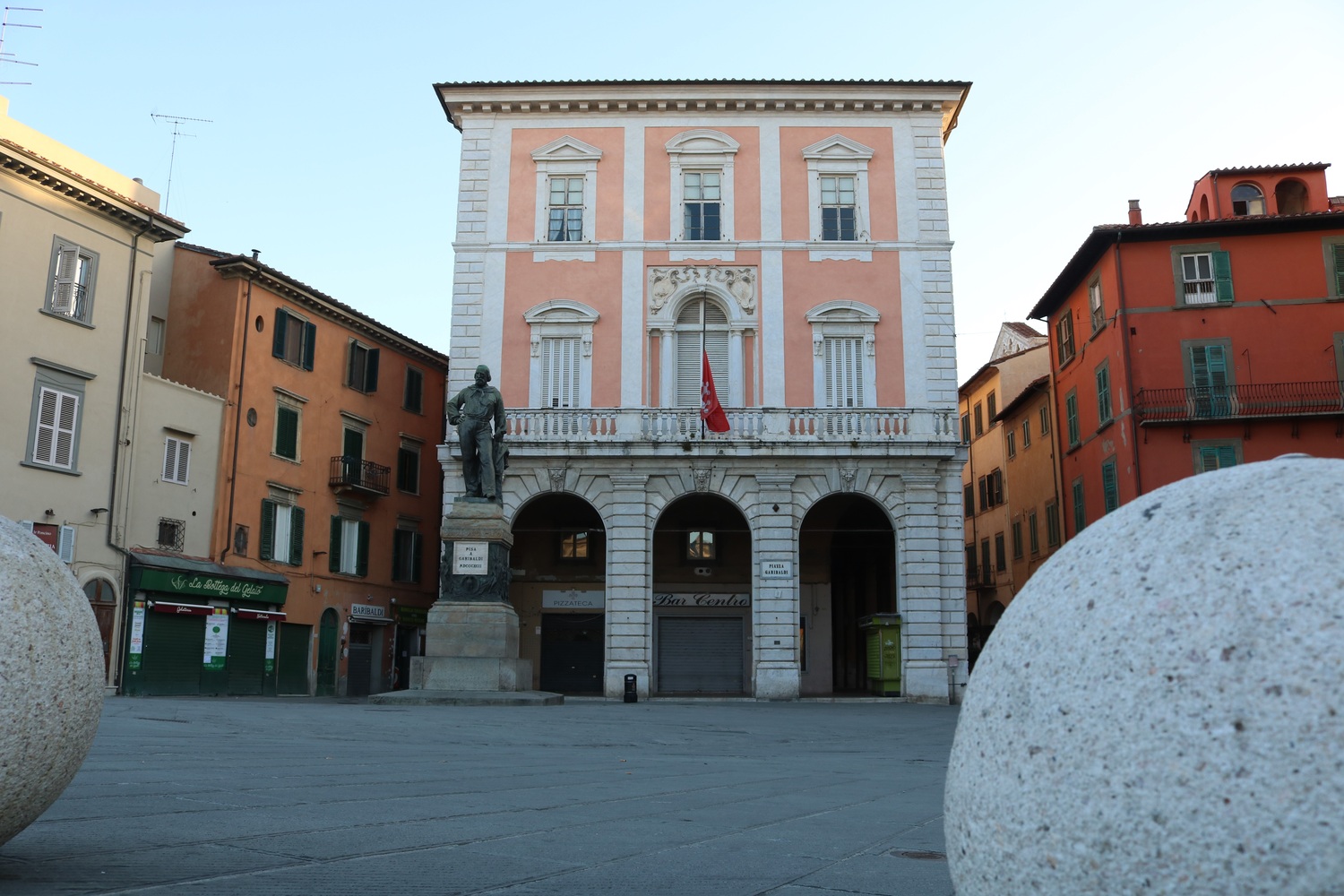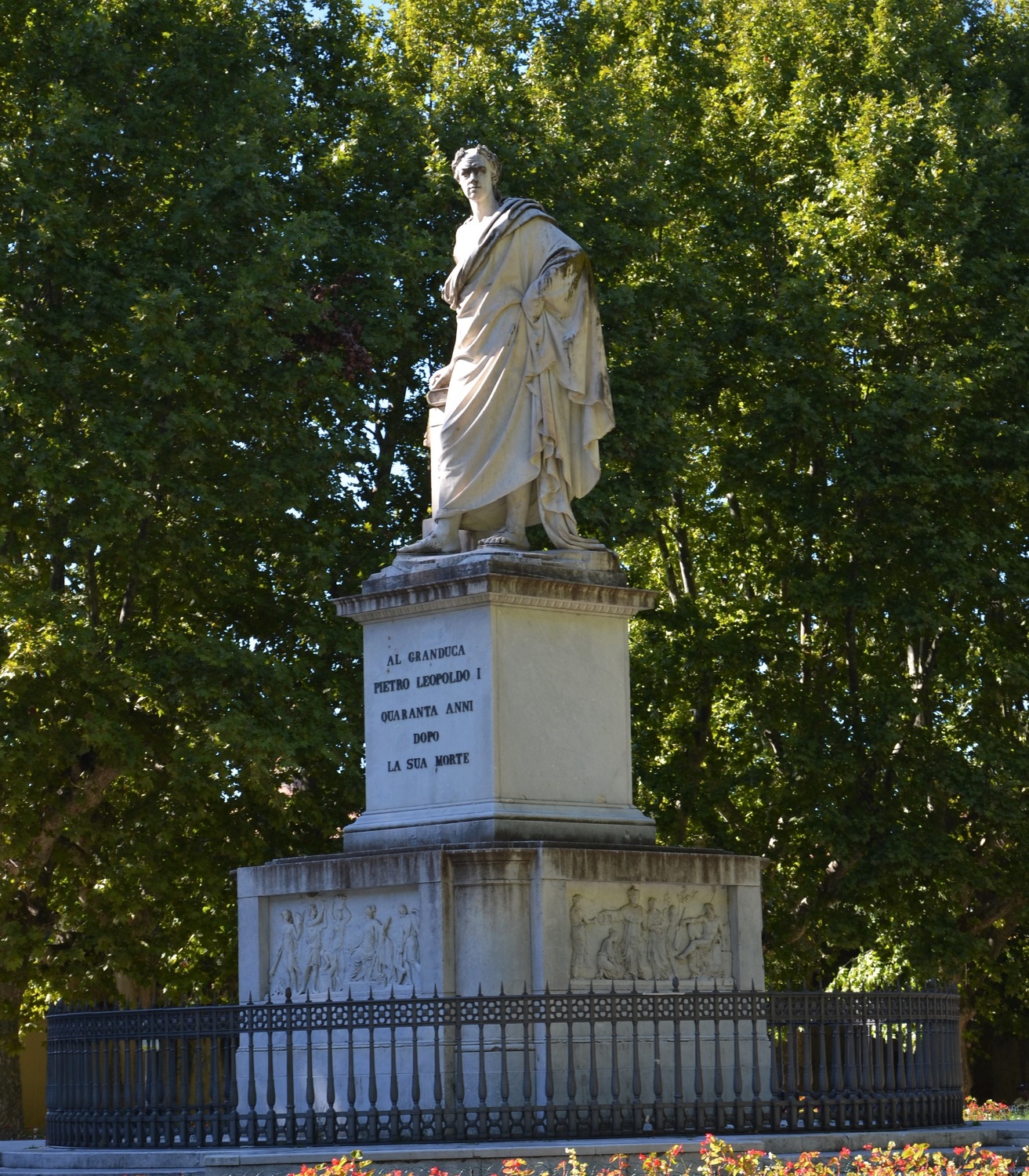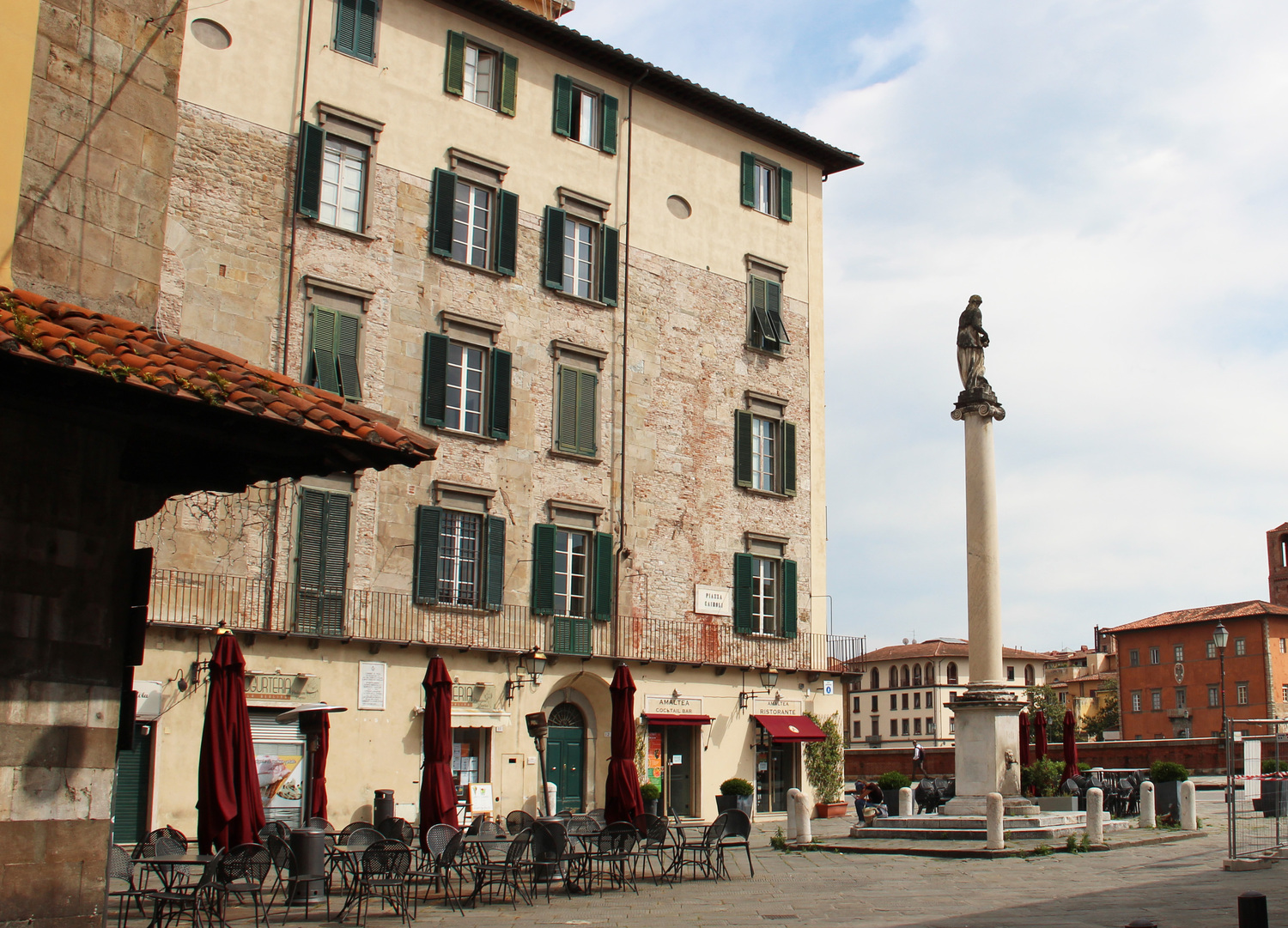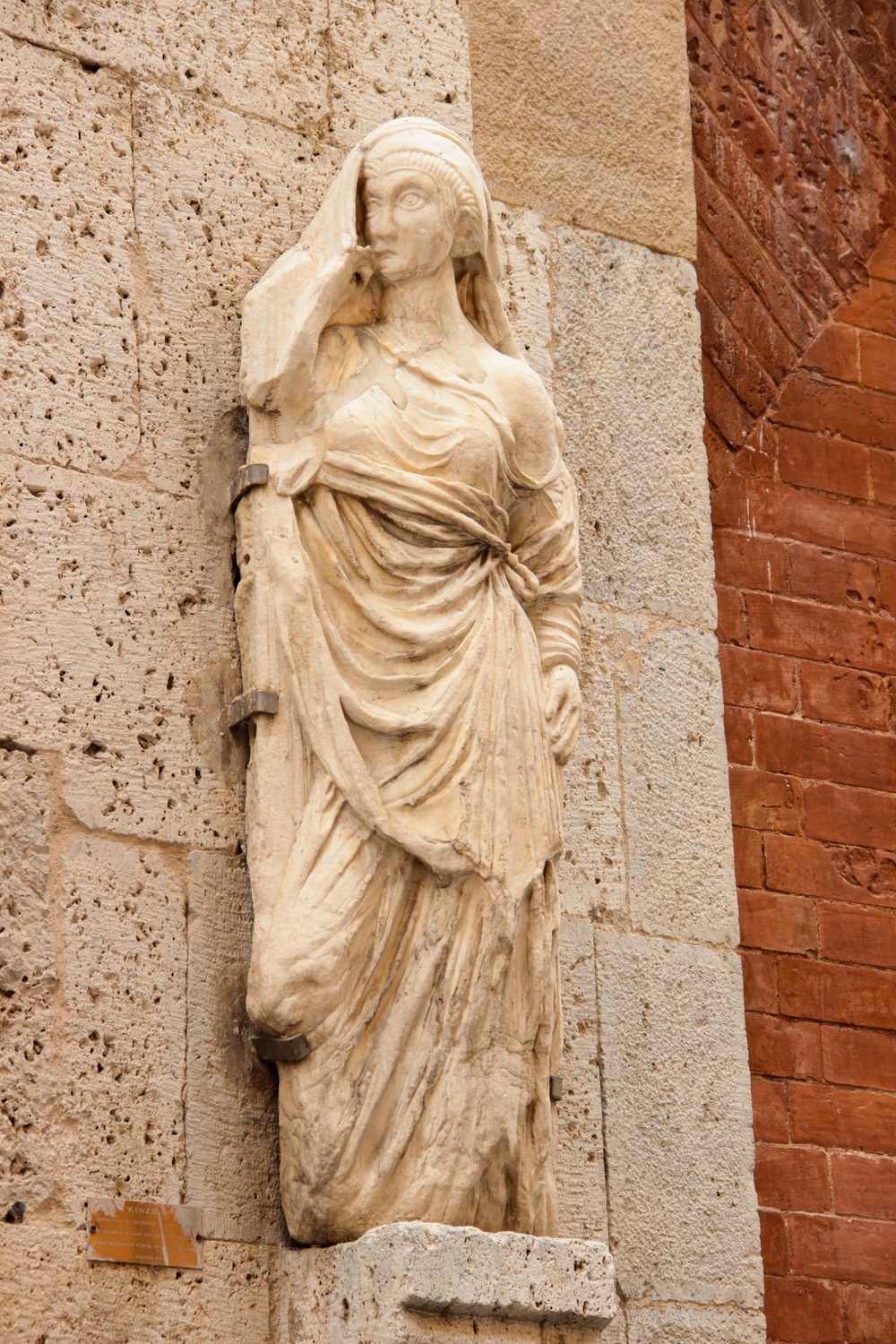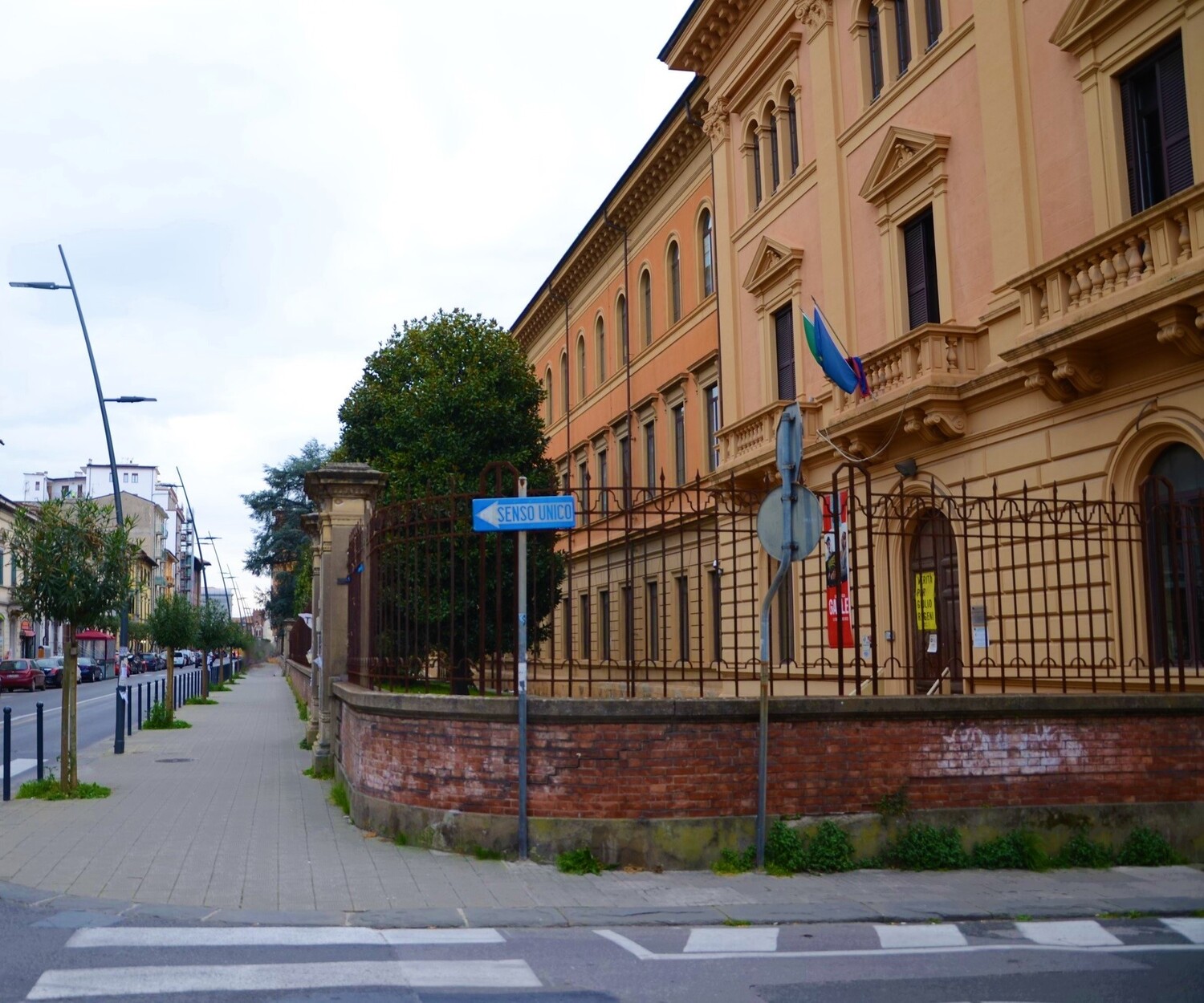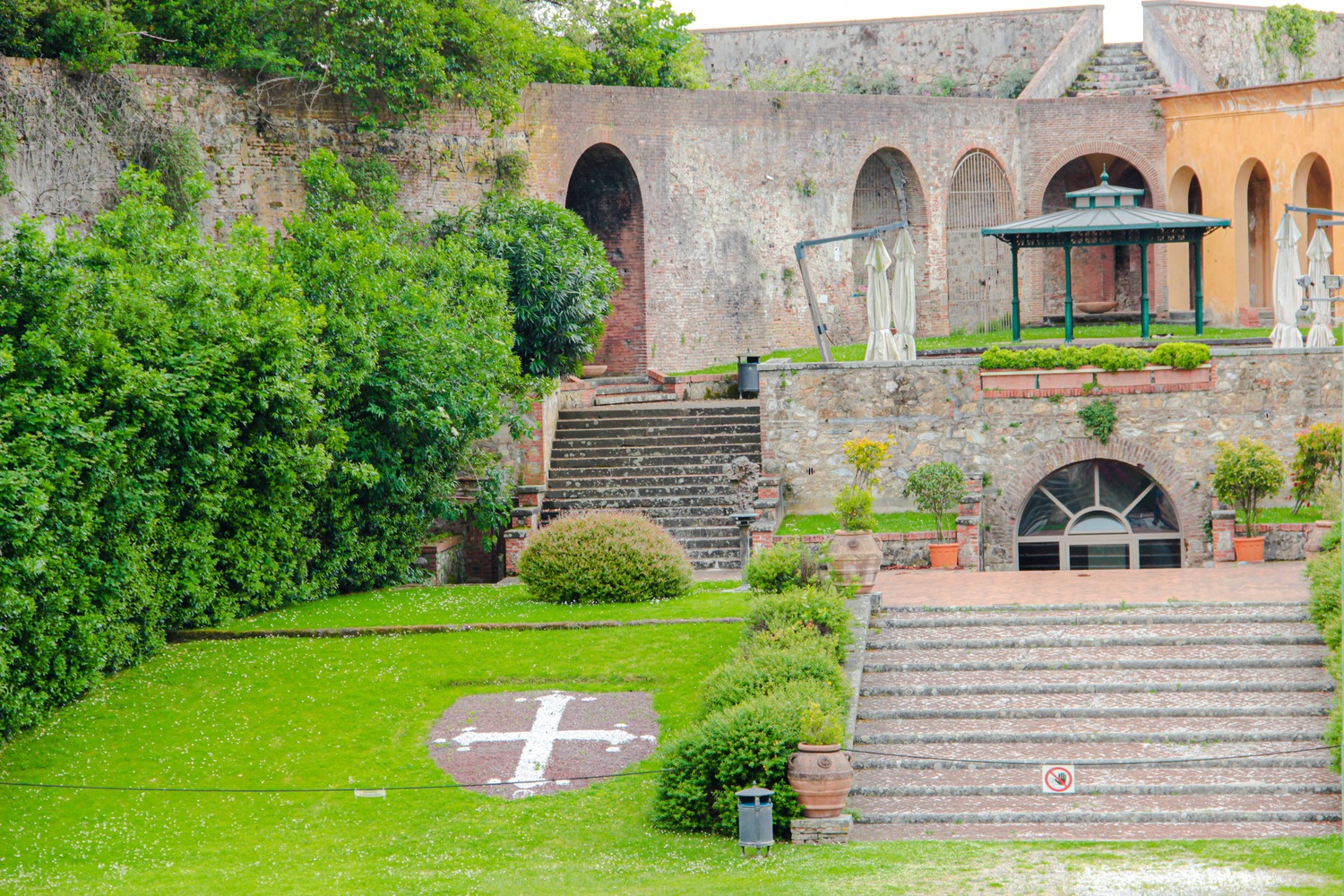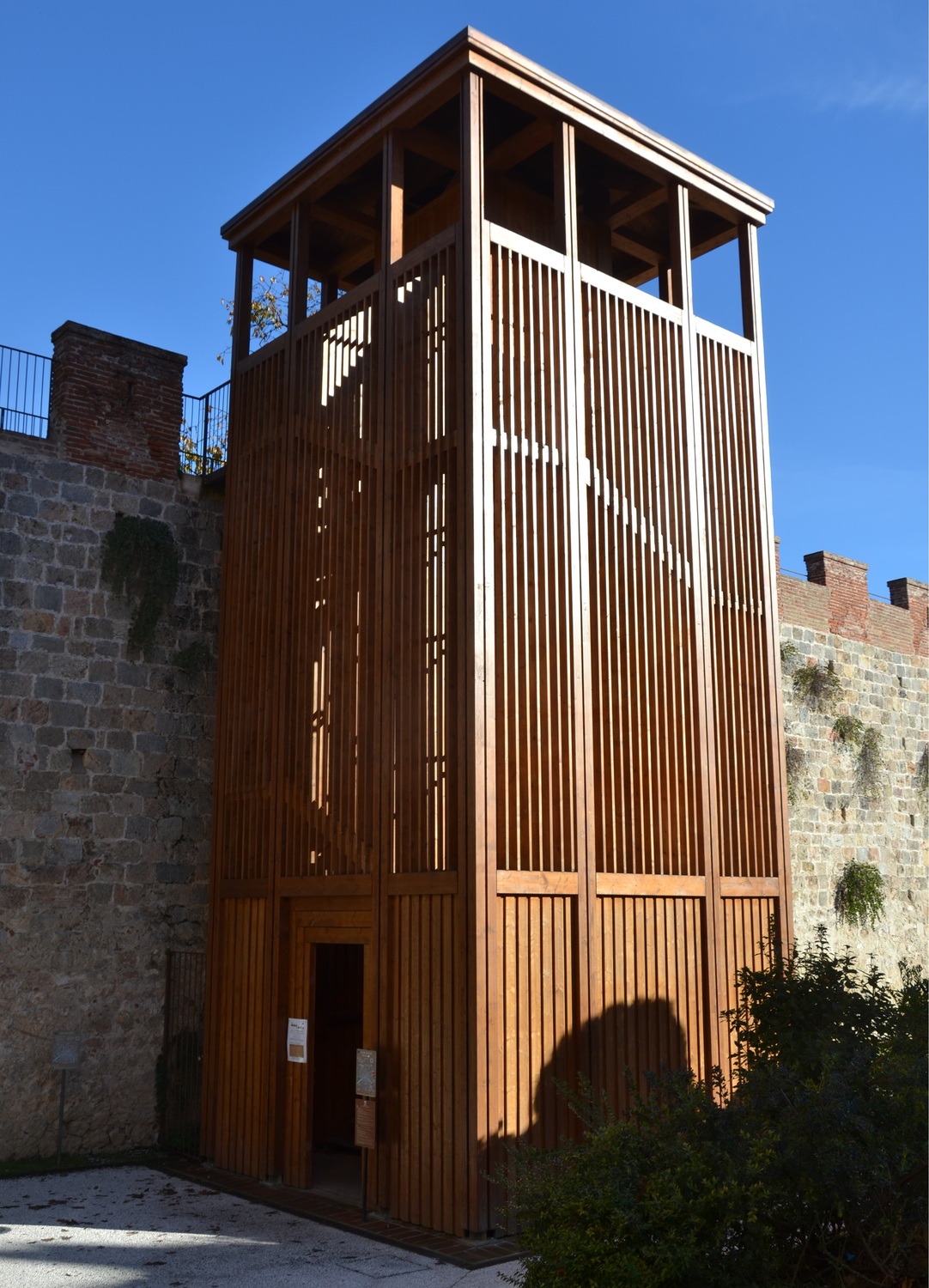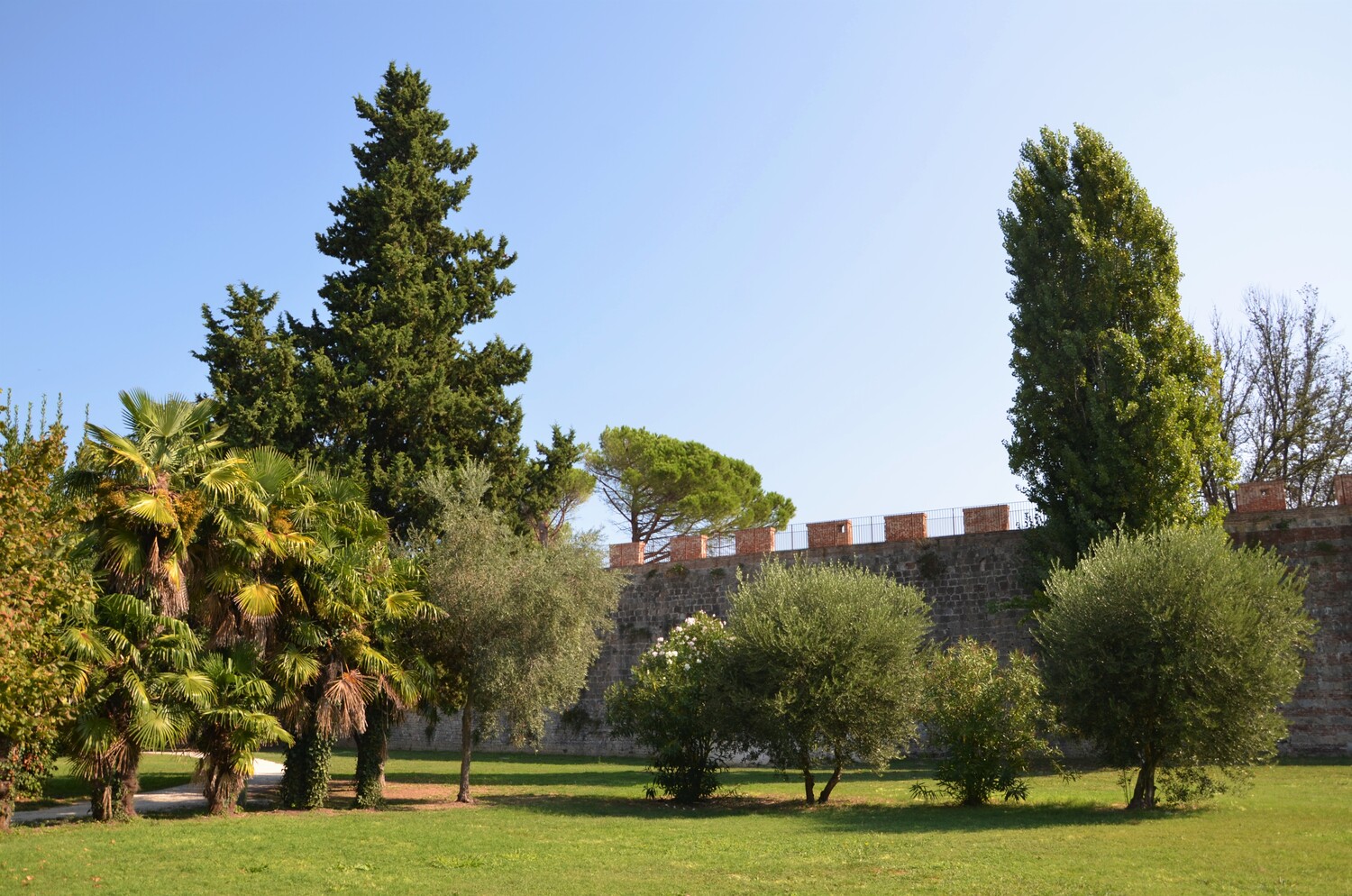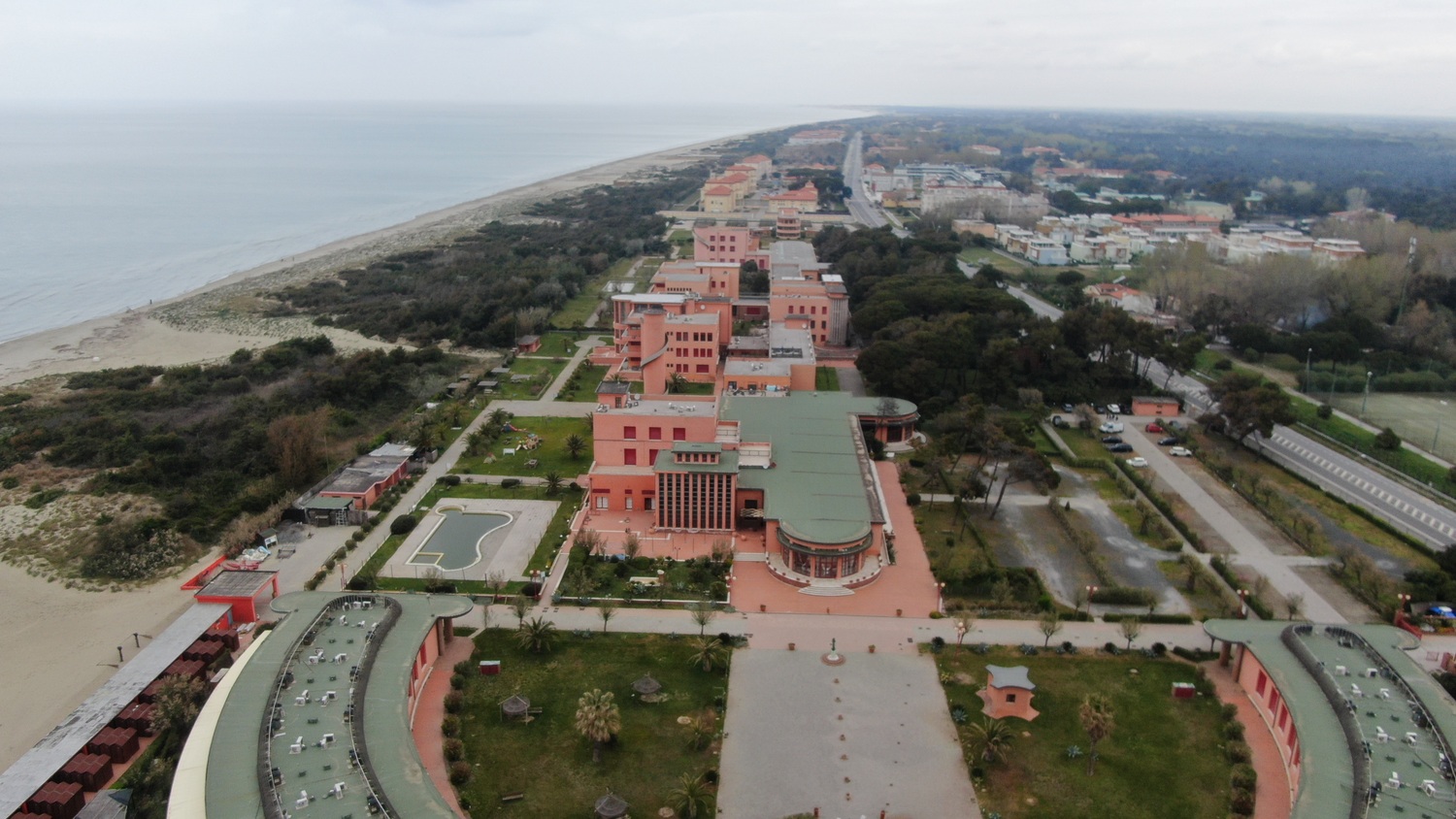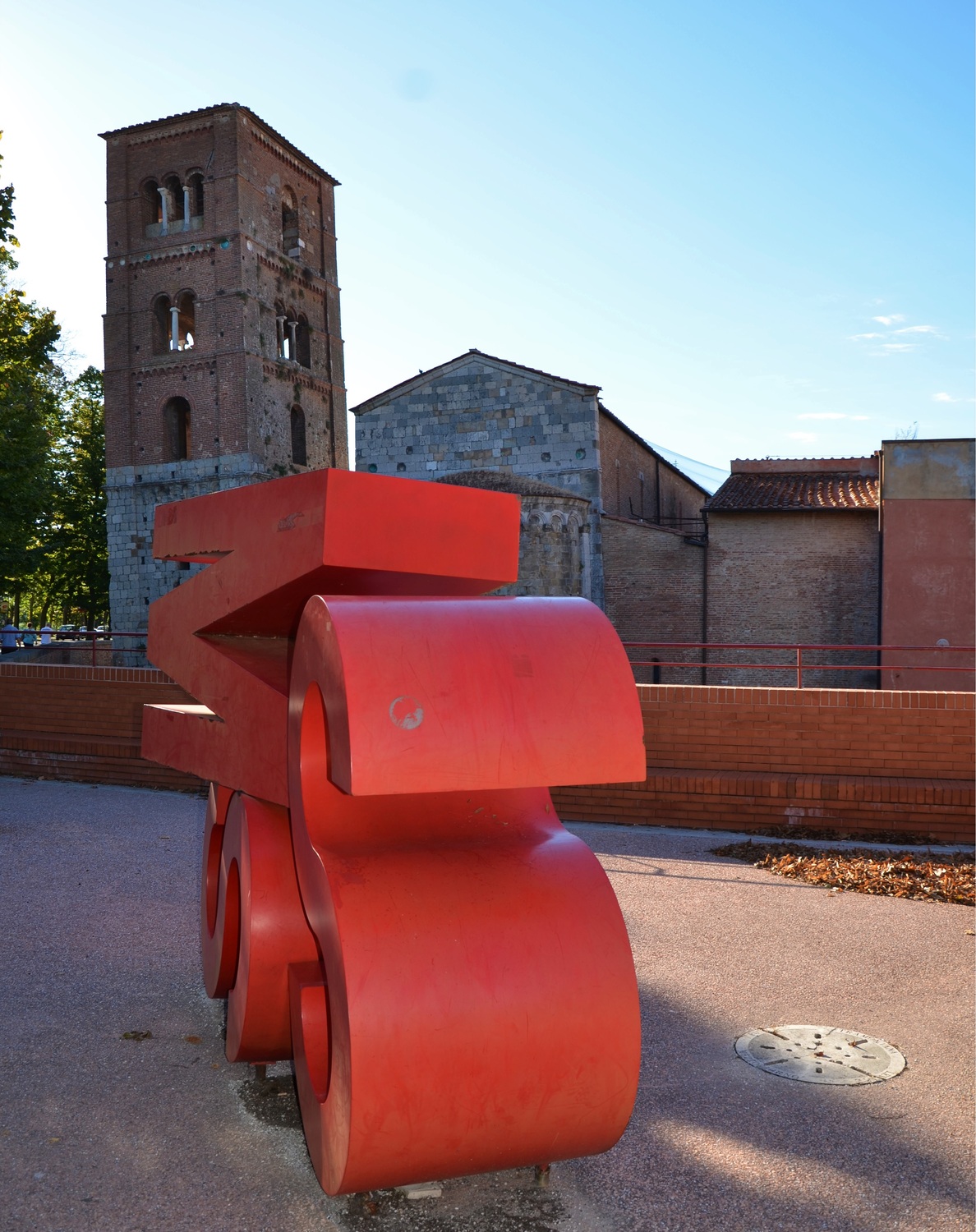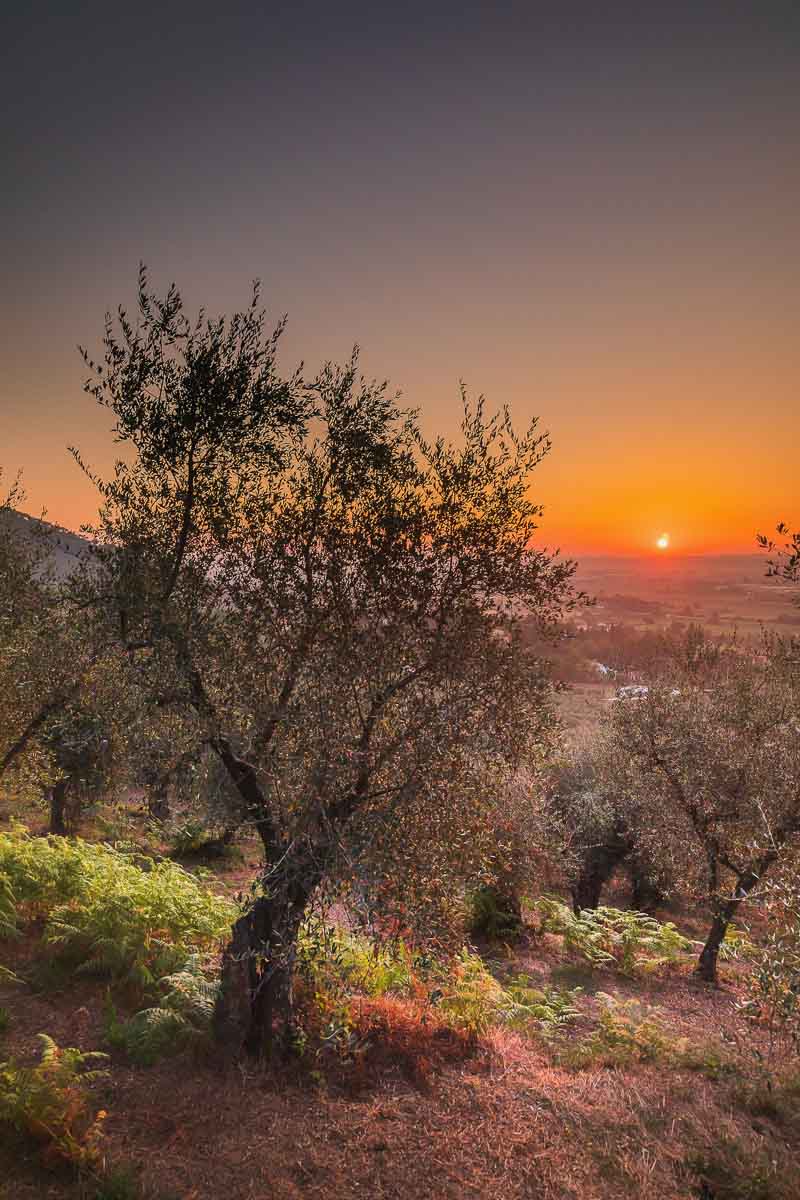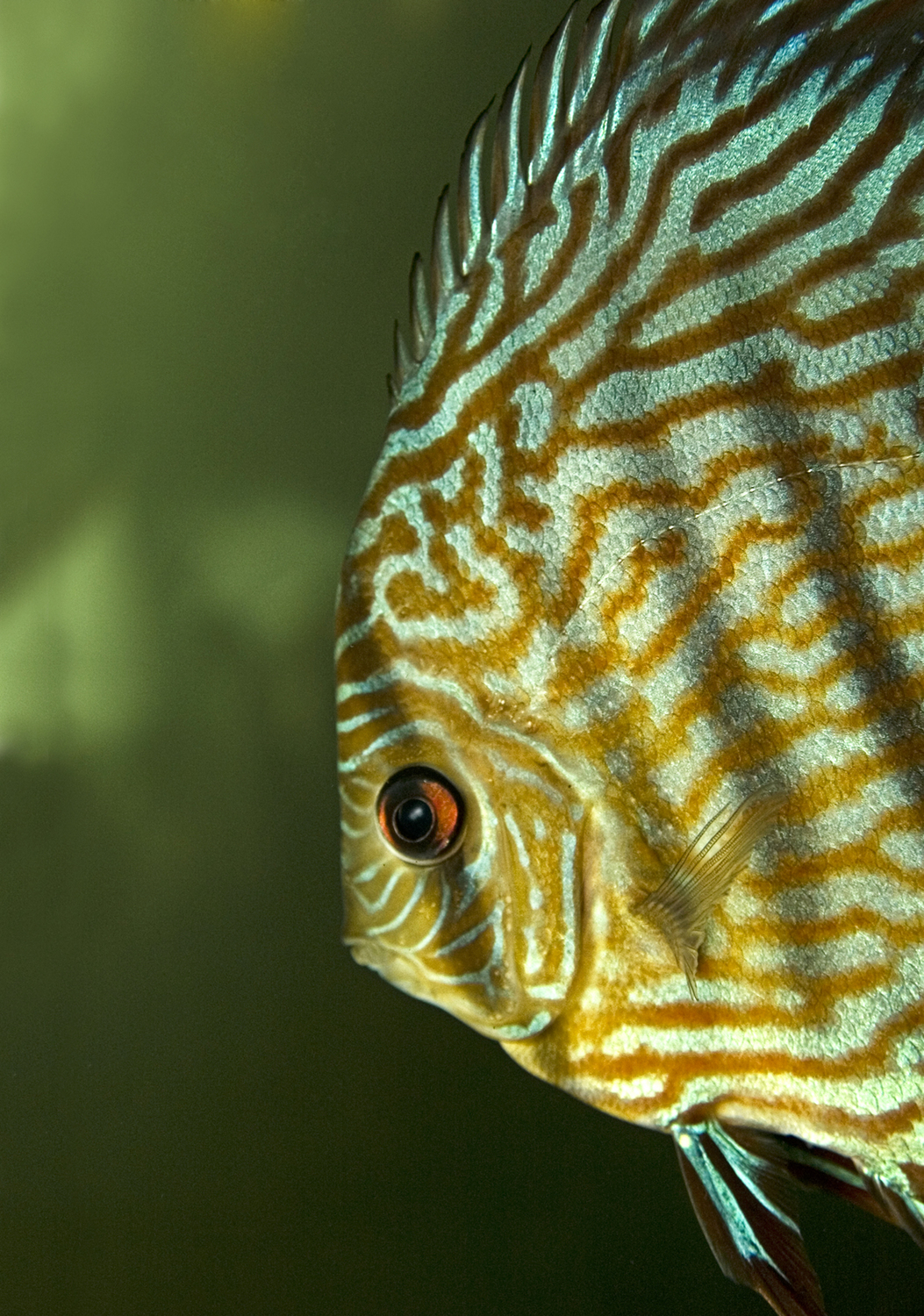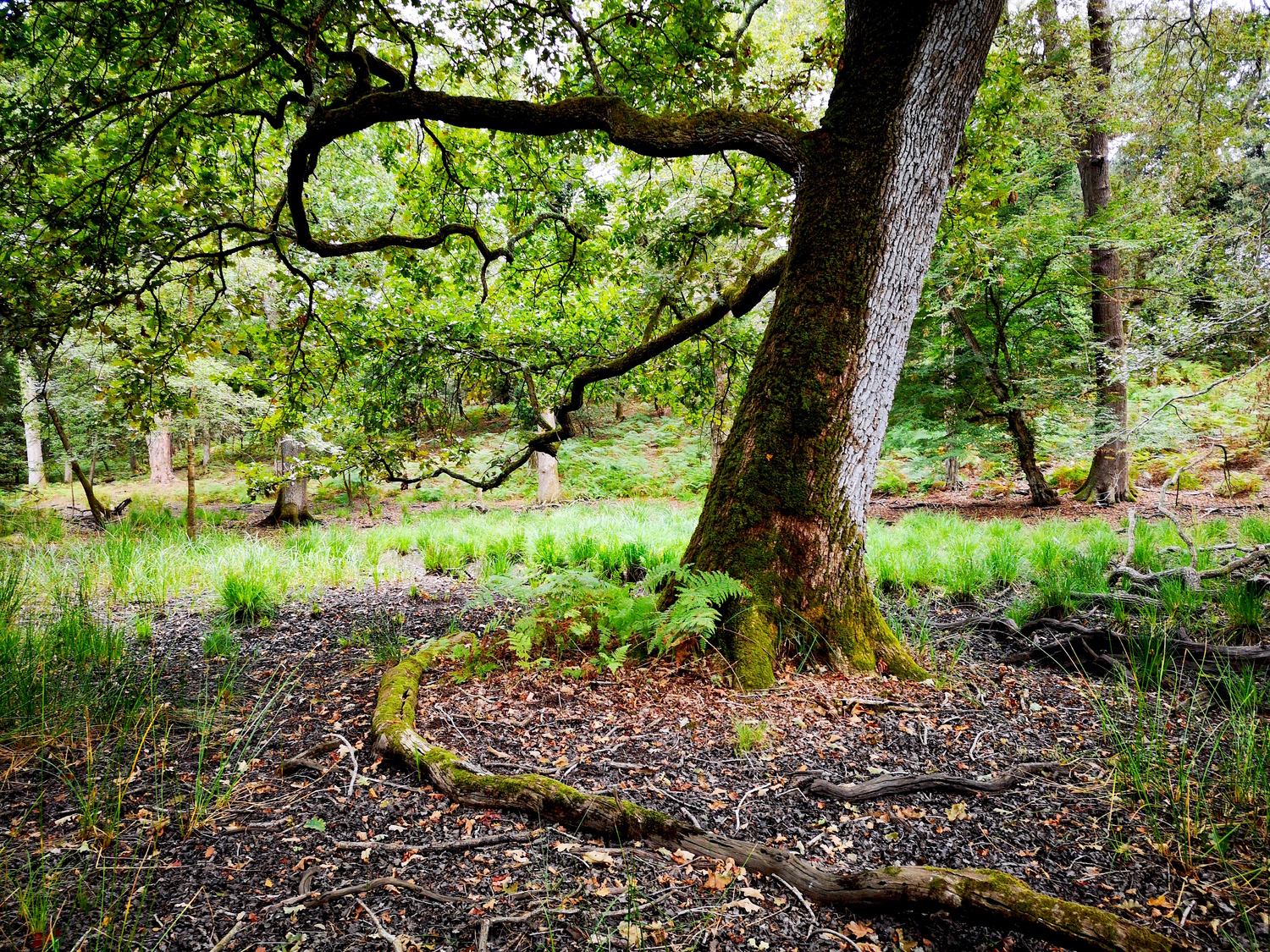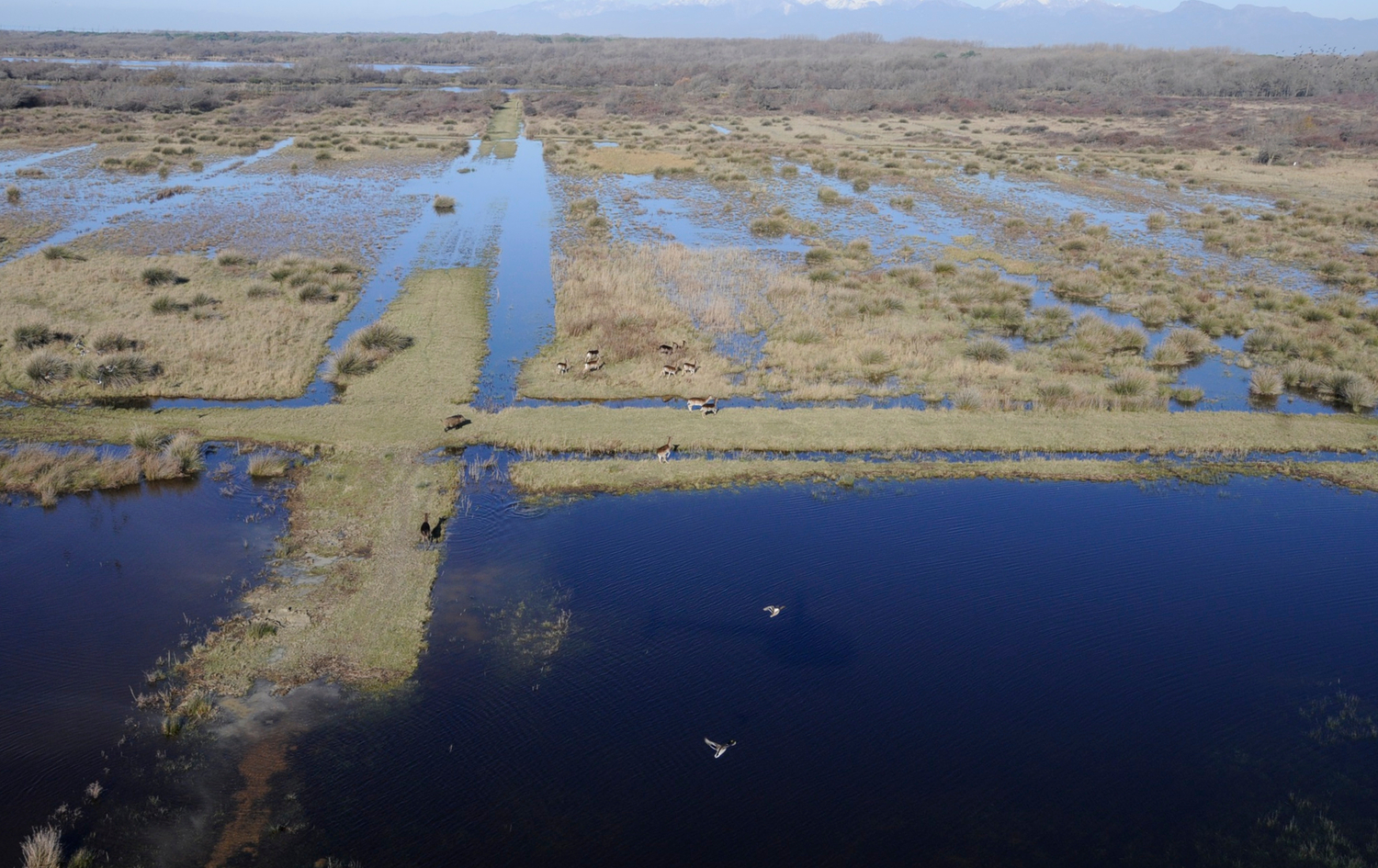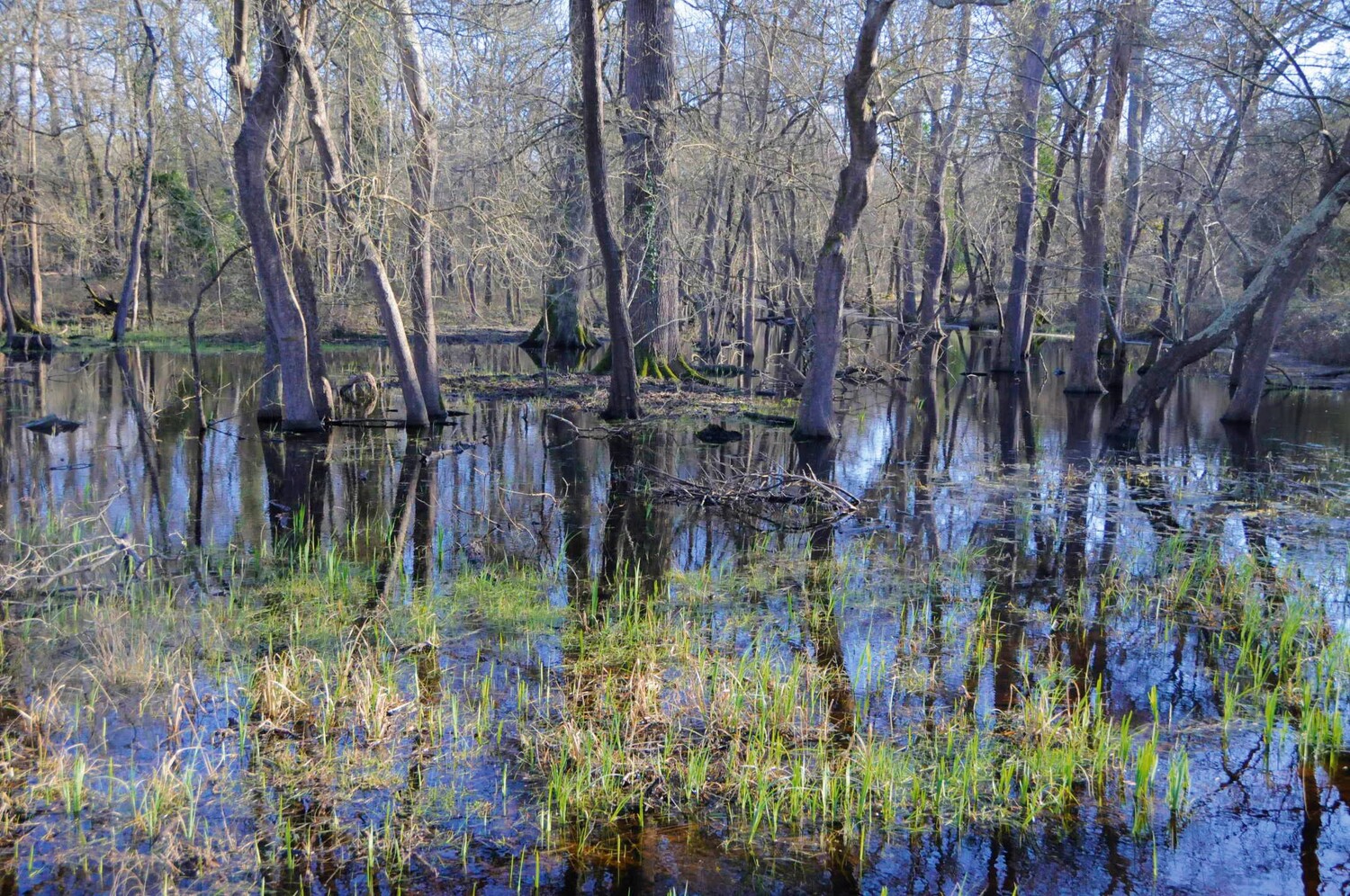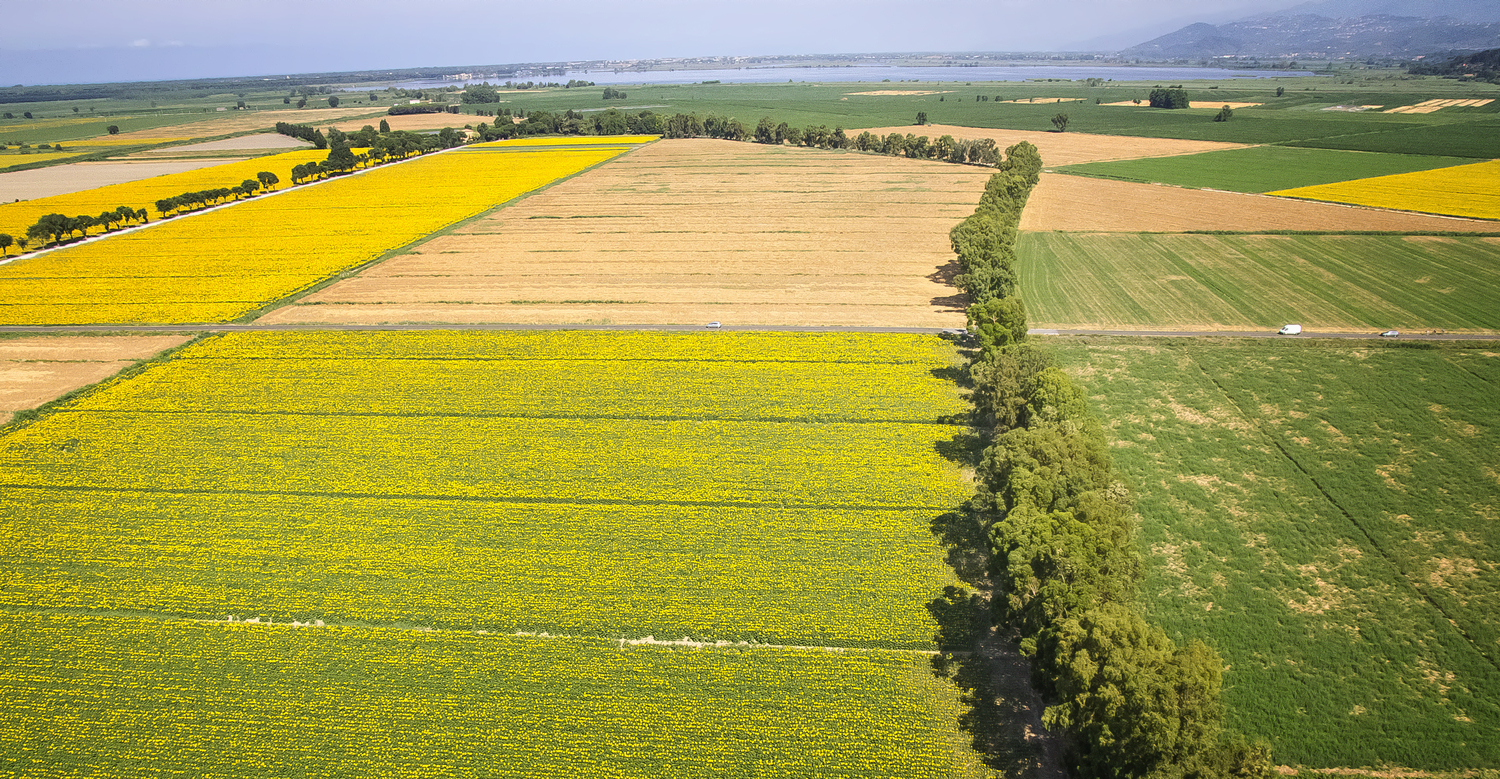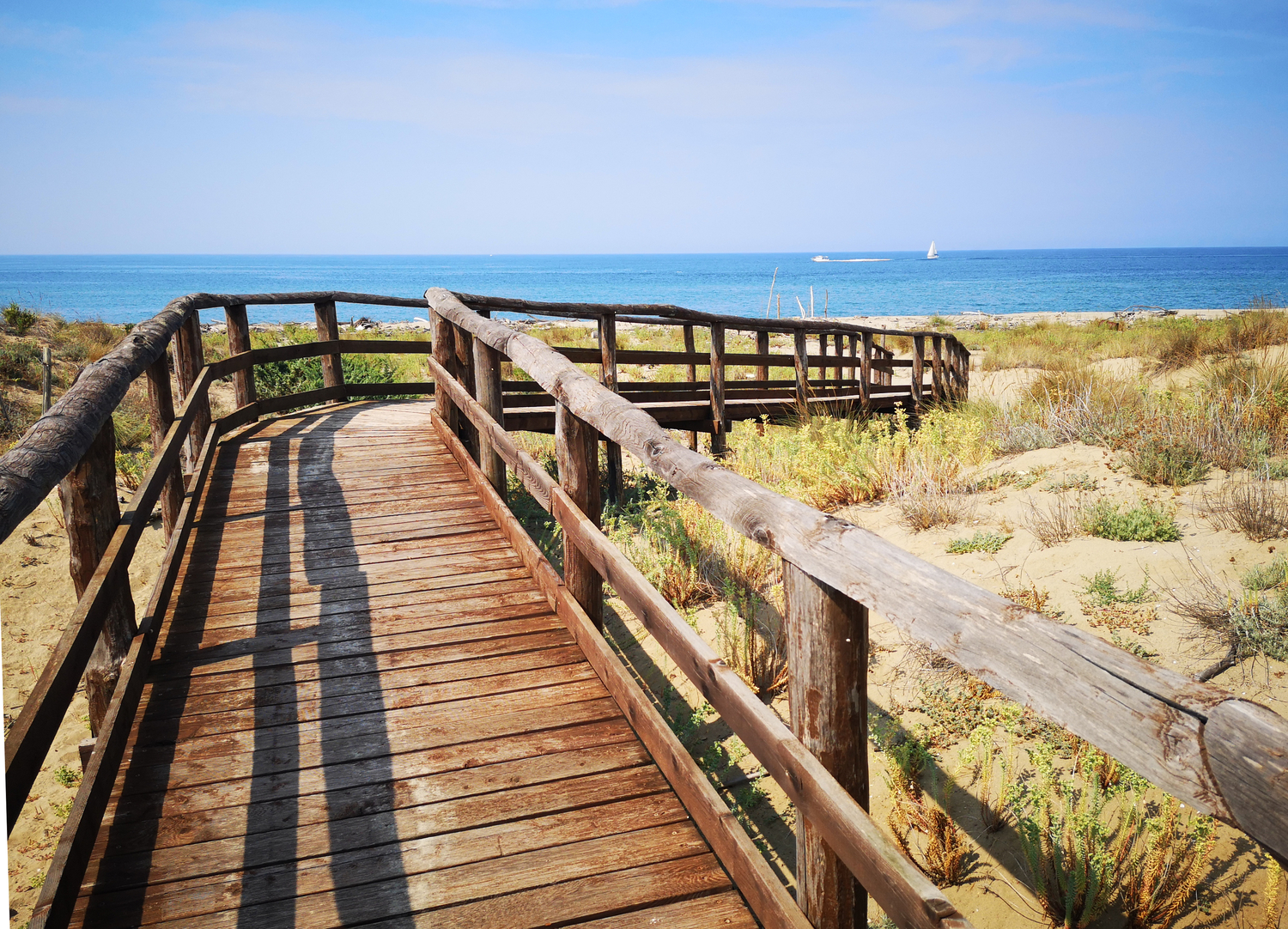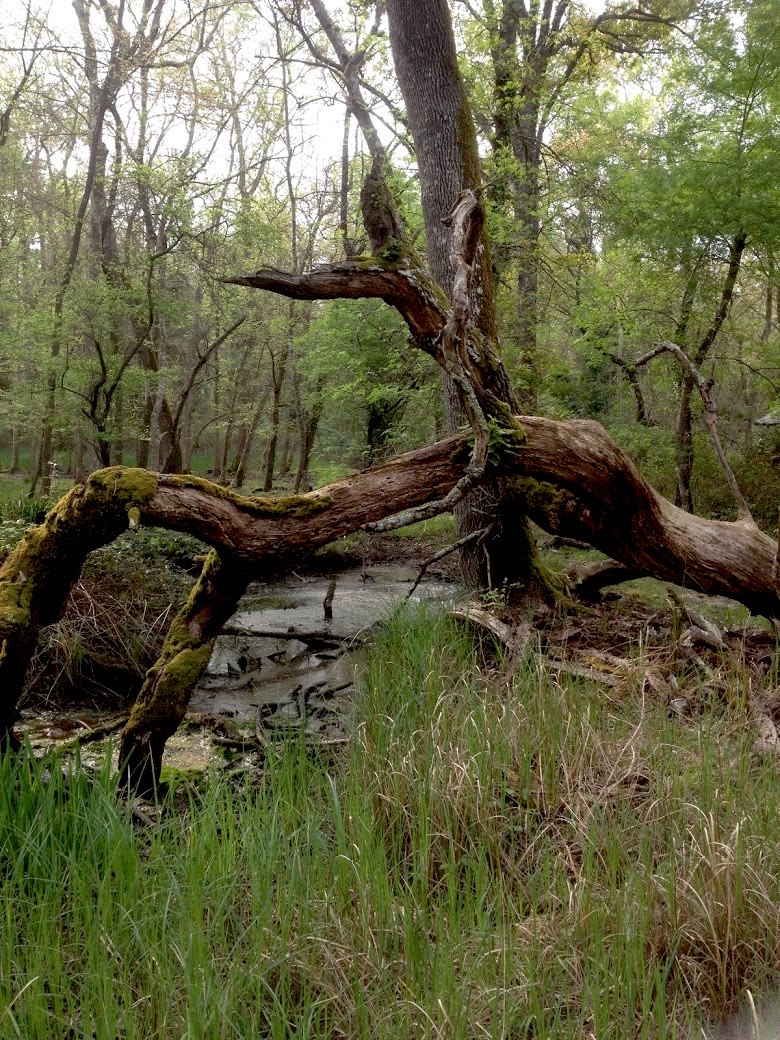Animals: the park is home to numerous tree and animal species, such as cows and fallow deer, mentioned since the 1300s. The wild boar was introduced by Elisa Baciocchi, while the wild rabbit by Vittorio Emanuele II, but the most curious case is certainly the one related to the dromedaries.
- The dromedaries of San Rossore: They were imported in 1622 by Grand Duke Ferdinando II de’ Medici and immediately found the estate to be a suitable habitat. In 1944 there were 234 dromedaries, used for work and in the transport of materials. Unfortunately, the Mongolian troops, allied with the Nazis, fed on dromedaries, their meat being a national dish, thus marking their extinction. After an attempt at their reintroduction, the dromedaries disappeared definitively in 1974 (one can be seen at the Natural History Museum of Calci, in Pisa). On the occasion of the Pisa Route 2014, the Scouts of Agesci donated 3 dromedaries to the park, where today they live undisturbed.
- The horses of San Rossore: As early as the eighteenth century, the horses present in the park were an indigenous breed. The horses live permanently in the stables of Barbaricina and train, or compete in the large racing track of San Rossore, at least since 1854.
- The Pisan bovine breed: A very valuable breed, better known as Mucco Pisano, bred in the San Rossore park and at risk of extinction. The popularity of the Mucco Pisano grew in the eighteenth century for its versatility, and its meat is one of the finest in Italy.
Racecourse of San Rossore: born in 1829 with Pietro Leopoldo II of Lorraine, it has been hosting the famous Pisa Prize race since 1885, a 1600m race reserved for three-year-old horses.
Activities in the park: the park offers a vast number of activities, including walking and cycling: thanks to the internal visitor centre it is possible to take a characteristic carriage ride, or train ride, or choose to embark on a boat for a charming lake journey up to the centre of Pisa and much more.
Info: The San Rossore park

